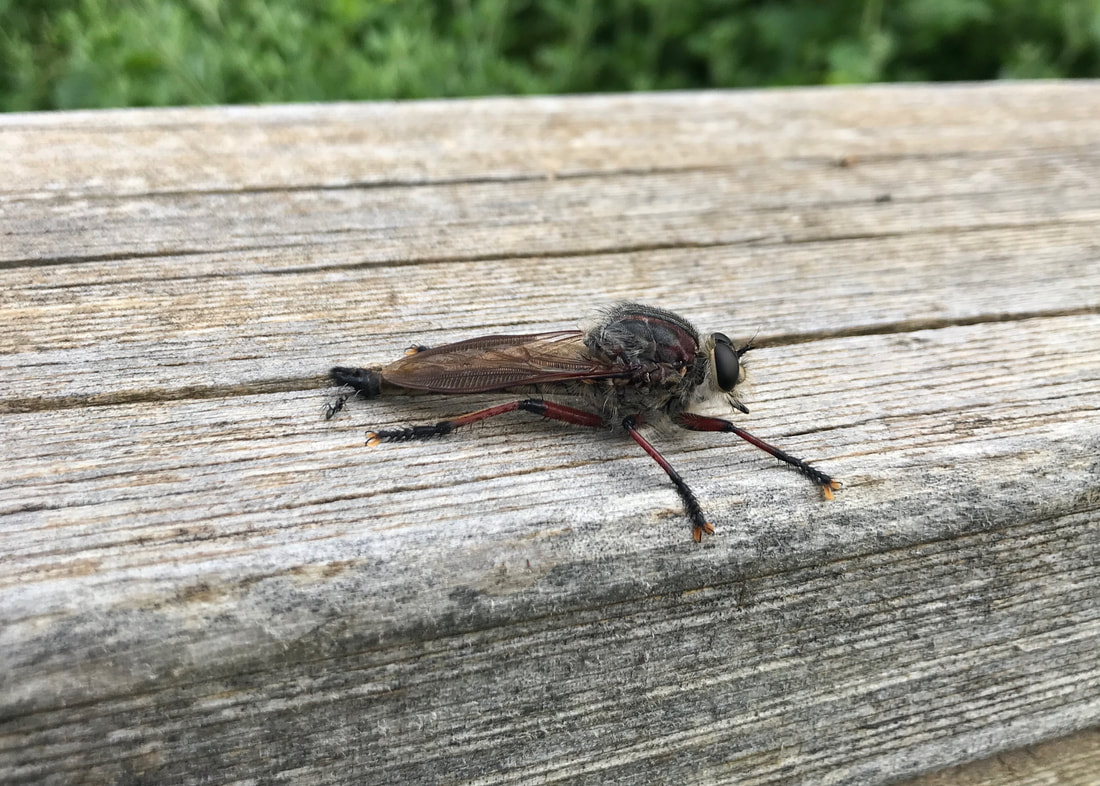 I believe this is a robber fly. Big fella. |
|
It was a relatively cool, overcast Monday morning when my parents went to Bairnsdale to pick up some supplies (a particular type of flour, some horse poo, the usual). I didn’t get a chance to do a long walk last week, so I hitched a ride with them with the intention of notching up another 10km along the paths beside the Wy-Yung (Mitchell River). My folks dropped me at Howitt Park and I started by taking my favourite route down the hill: the big slide! It’s not quite as fun as it was when I was a kid - no metal surface to burn my legs on the way down, no risk of flying off the side - but it was still an adventure. I lost half the contents of my bag on the way down, and a small child coming down next helpfully picked everything up for me. Thanks, kid. I set off at a good clip along the north bank of the river, knowing that it would be a flat walk and wanting to get some speed into my training after the last couple of slow goers. Dan stayed home, so it was just me, the butterflies, a juvenile silvereye . . . and hundreds of mega bats, aka fruit bats, aka flying foxes! So much for not stopping. I constantly paused to listen to the bat chat and look at the furry little faces hanging from the trees around the path. The signs say this is a “colony of national significance” which “forms a vital link in a chain of camps between Brisbane and Adelaide.” The main part of the colony was on the opposite bank, but occasionally a few would fly across to join the smaller (but not insignificant) groups in the trees surrounding me. I'd decided not to bring my camera, just the phone, and now I regretted not being able to get some good shots! Hardly anyone else was using the path at the start of my walk. I saw one jogger just before Lind Bridge, at about the same time the first drop of sweat rolled down my buttcrack (despite the clouds and low-20s temperatures, it was pretty humid). When I passed under the bridge I met a handful of people from the Gunaikurnai Land and Waters Aboriginal Corporation who were spraying weeds, clearing grass with ride on and push mowers and trimming some harder to reach spots with whipper snippers (strimmers). It was good to see folks looking after the area. West (upstream) of Lind Bridge on the north side of the river, the trail is much less made. It feels more countryside-ish on the outskirts of town. From the map, I expected the path to end after about a kilometre. Sure enough, I ran out of dirt footpad then continued on a grassy path until it became completely overgrown. I turned back towards the bridge, spotting a few cheeky rabbits on the way. On the other bank, I saw a group of what looked like teenagers on a DofE excursion (not really a thing in Australia) - big packs and slow walking. I wondered what they were doing and if I’d see them when I headed up the other side of the river. After crossing Lind Bridge I once again turned upstream, this time on the opposite bank. A boat sped past and disappeared around a corner. I watched a tractor ploughing the dark brown soil on the river flats. Cockies, magpies, flycatchers, ibis and willie wagtails kept me company. I passed the end of Webbs Road, then a stockyard and then, as I arrived at Picnic Point, I caught up to the group of walkers I’d seen earlier. They were a group of teenagers at a summer camp, who had walked down the river the day before, camped overnight, and had just arrived back at their transport. Their leader said they were about to have a dip in the river and a bite of lunch, then they’d head off. It sounded like a good adventure, and most of them looked suitably fed up. Although I often came to Bairnsdale as a kid, I don’t ever remember visiting Picnic Point. In the old days, people used to come up in a boat from the Port of Bairnsdale to, you guessed it, have a picnic. It’s a small reserve in a bend of the river with a few paths to explore. I went as far upstream as I could, over a very small creek, to the road and back. Then I climbed the little hill where I found a covered bench to stop for a while and eat a lot of chocolate! Instead of retracing my steps along the river, I walked back down to the bridge along Webbs Road. It was nice to get a different perspective and the road was unsealed all the way, which made for easy walking. Only one ute came past, so I didn’t have to spend my time jumping out of the way. There is so much feral fennel flowering at the moment. Although it’s not native, the bees seem to enjoy it, and in combination with what I think are purple verbena/vervain and chicory (also not native), it made for a pretty roadside. I had walked further than I’d intended and was running a little behind schedule, so I picked up the pace back towards town on the south side of the river. I hadn’t recorded the bats earlier, thinking that I’d wait until I was under the main colony, but when I reached that area I found that the walking track was diverted around it and up onto the street. I suppose it’s fair enough, but it did mean that I couldn’t get the recording I wanted! I didn’t make it all the way back to Howitt Park, in the end. Mum and Dad met me on Mitchell Port Road so they got to have a look at the bats, too. They brought hot cross buns, which were a much-appreciated snack. Just as we were finishing up, it started to rain. On the way home, my folks got both a bag of horse poo and a bag of alpaca poo. Fancy. Notes In the end, I walked just over 11.5km in just under 2 hours and 45 minutes, including stopping for rests and to record and photograph bats. This is almost exactly the 4 kilometres per hour that I usually estimate as my walking speed. I was a little surprised that I wasn’t quicker. Maybe I’ll come back and do this walk again and try to beat my time! The surface was pretty nice for walking as it was almost entirely gravel, with a bit of grass and only a very small amount of sealed path. The weather was pretty decent for walking, too, though a few percent less humidity would have been better. Later in the day, I had quite sore feet and a little bit of an achy lower back, again because there wasn’t a lot of variety in ascent/descent. It was all better the next morning. The blister under my second right toe has healed up and I didn’t get it this time. I wonder if the callus forming there will prevent this from recurring? I am still getting some pain in that toe more generally, which hasn’t improved over the last couple of months, but hasn’t got worse. I guess I’ll just keep an eye on it. I was extremely tired after this walk, which might be due to other things, but it’s probably worth remembering to do a bit more prep in this regard as the walks get longer - proper meals beforehand and some scroggin to take along (any excuse for scroggin, really). It was fun to walk by myself for the first time in a while. I do enjoy walking with other people, but there’s something very satisfying about being able to (and needing to!) do all the regulation for myself - when to stop, when to speed up, which way to go, when to drink, when to eat. It’s also really relaxing to have some time alone with nature. This walk is on the Country of the Brabralung (Gunaikurnai) people. The name of the river, Wy-Yung, is the word for spoonbill. Wy Yung is also the name of a suburb of Bairnsdale. This always was, and always will be, Aboriginal land.
0 Comments
So much for easing into things… This 3 hour stroll accidentally turned into a 5½ hour hike, in which we saw a little more of the bush than we intended! After a week of rain, rain and more rain, it was time for an outing. Dan and I were meant to be visiting a friend on Saturday but, due to complicated Covid things, we had to postpone. (Don’t worry, we’re fine for now - in fact we got our third doses this week!) Instead, we brought my folks along for a walk at Mount Hedrick in the Avon Wilderness Park. Well, I say we brought them along, but really Dad drove us up there in “the big car” in case the roads were a bit crappy after all the rain. We had what looked like a 3-4 hour window before it was going to storm, so we started the walk earlyish - around 8:30am. I’ve been trying to find my way around AllTrails. It seems to work OK for me on the browser, but I can’t log into the app. Anyway, I saw a couple of routes on there, but decided to make my own approx 10km loop based on data from AllTrails and from the info sheet from a Victorian Government website (which I now realise is from 2004, when DELWP was the DSE). On paper the walk looked pretty simple, and I just assumed that it would be a well marked trail. However, we missed a turn-off, which was not signposted, and ended up taking a bit of a detour on a path that was not marked on any of the maps. Although we were all fine in the end, it did add a couple of kilometres and a pretty steep - but spectacular - ascent to the top of Mount Hedrick. Rather than doing a full description, here’s a list of things we discussed towards the end of the walk - things that went well vs things to learn from. Good things
Things to learn
Notes The walk ended up being approximately 12 kilometres long, with just under 500 metres of ascent, and it took us 5½ hours. We did go very slowly up the steep side of Mount Hedrick and other slopes, making sure my 70 year old (!) parents were doing OK! As well as the ups and downs, the surface of the trail included sandy gravel road, paths with lots of loose former river stones (ankle breakers), sections of slightly overgrown track, a few blowdowns to negotiate, and some fairly easy rock scrambling. The temperatures were in the mid-20s, and it was very humid. The variety meant that although this walk was a lot more strenuous than last week’s, I didn’t have the same kinds of aches to contend with. Although I forgot to buy tape for my second right toe, I only got a small blister. Once again, I forgot to wear my sunglasses (even after I went back to get them!), but it was fine on the headache front - possibly because the path itself was often in shade or covered in leaves, rather than bright and reflective. I should remember to bring the poles for hikes like this - could have been quite handy on some of the uneven surfaces and hills. Other than that, just the usual residual achiness of feet, ankles and calves. In fact, the next day, I can really feel that my lower leg muscles have done a lot of ankle stabilising - ow! I would definitely do parts of this walk again with friends. It could also be a good training walk with a loaded pack - maybe even doing a double loop of the original plan when I’ve worked up to that. This walk is on the Country of the Brayakaulung (Gunaikurnai) people. Their sovereignty was never ceded and this always was and always will be Aboriginal land. It’s 2022 and we are now living in Australia! We’ve done a bit of exploring, but none of it has yet appeared on the blog, so it’s time I put something down in writing (and pictures). Dan and I usually go out for a walk on the 1st of January - start the year as you intend to go on, etc, etc. We’re currently staying with my folks in Gippsland (Gunaikurnai country), and convinced my mum to come along, too (my dad was at work, fire spotting in the hills.) One catch… the forecast was for 38 degrees! Instead of postponing, we headed out very early to try and beat the heat. We drove to the Sale Wetlands (aka Sale Common and the Sale Game Refuge, among other things) and started walking not too long after sunrise. The low light came streaming through the trees and helpfully highlighted the many, many spider webs across the path. Our count of creature sightings started early, with swans (black, of course - we’re in Australia!) and cygnets, a spoonbill hunting, a few rabbits and cows, crested pigeons, magpies, a swamp wallaby, wattle birds, magpie larks and herons. A pelican also flew overhead - our first sighting since we got here! Mum and I tasted some berries which we thought might have been midgen (midyin) berries but which our post-walk research tells us were probably coastal beard-heath (aka native currant). One for future foraging! Unfortunately, big stretches of the wetlands boardwalk are currently closed due to flood damage, so we weren’t able to go out over the water. Instead we skirted the northern edge of the reserve along a gravel street, then went south on Flooding Creek Trail. The trail was a dirt and grassy vehicle-width track for most of the way. It was very pleasant walking through the trees, with views out over the swamp. (Well, it was pleasant apart from the constant spider webs on legs and arms, in hair and mouths!) Dan and I first read about this walk when we stopped off at the swing bridge at the southern end of the loop a few weeks before. At that time there had been a lot of rain and we thought the path that follows Flooding Creek might have been, well, flooded. Turns out, it definitely would have been at that point - probably at least knee deep in places - but luckily we only encountered a few muddy patches to negotiate. We saw plenty more swans and cygnets, ducks and ducklings, an egret, moorhens, swamphens and at least two types of cormorant. In the trees, we saw crimson rosellas, rainbow lorikeets, red-browed finches, blue wrens and other little birds. We heard - and eventually saw - kookaburras and butcherbirds, grey shrike thrushes and noisy miners. I recorded some frogs (I assume!) that sound like someone chopping wood or hitting a post with a mallet. By the time we met the Dartyowan (La Trobe River), it was past 8am and getting warm. We turned west on the road to the swing bridge, past some lovely old trees. We crossed the bridge (it was due to open later in the day, but we weren’t going to stick around for 6 hours in the heat!), looked at the bark canoe sculpture and made use of the picnic benches for a rest and a stretch. Not too far from the bridge we spotted two kingfishers! Here the loop turns back towards Sale. Because the boardwalks are closed, we followed the bike trail that shadows the highway (I think it might have even been the old highway at some point?). Along this stretch we found some big colonies of spiders in the shrubs, walked through two huge swarms of dragonflies, noticed a few different butterflies and moths, helped a brilliantly shiny stag beetle across the path and watched three huge birds - we are pretty it was a family of white bellied sea eagles - riding the thermals above us. By now it was pretty hot in the sun, and the whining, buzzing sound of insects and crickets started to rise up from the grass (and stands of feral fennel!) to surround us. An unexpected gravel path took us on a little detour alongside the river and through what used to be a flood-prone caravan park. This stretch is planted out with non-native and non-indigenous species, including oak, ash, poplar, fruit trees and kurrajong, but the area also has many eucalypts and paperbarks. Before we headed back to the car we waved to a boat that sped past downstream and watched a couple of grey currawongs and a pretty little grey fantail. It was about 30 degrees by the time we got home. My dad called us from the top of his fire tower as we walked in the door to let us know that we’d got out just in time, as there was a fire near the common! Luckily, there was plenty of water around to put it out with… Notes As well as being our New Years Day walk, this marked the start of my training for a longer trip I’m hoping to do later this year, Covid and lockdowns permitting. The plan is to walk the Heysen Trail in South Australia from north to south, starting in August. The trail will take about two months to complete, depending on how many kilometres I walk a day and how many rest days I need to have. I’m starting from low-ish walking levels (for me), so I’m building up slowly - starting with weekly ~10km walks in January and gradually increasing to more hardcore overnighters later in the year. When I blog these walks, I’m going to keep a record of a few bits of physical fitness at the end - feel free to skip the section after these photos if that isn’t your thing. We completed the loop in almost exactly three and a half hours including rest stops and taking lots of photos, and I estimate we walked a bit over 11km. It was almost entirely flat, with surfaces ranging from grass and loose gravel to dirt road and sealed path. The lack of variation in ascent/descent meant I got quite a sore lower back - mitigated slightly by stretching. I have been having trouble with a pinch blister under the second toe on my right foot, and this appeared towards the end of the walk. I might need to try taping this toe (and its neighbour) in future. Other than that, just some the usual slightly sore feet. My right knee didn’t play up, but I need to remember to stretch out my calves more regularly, especially early on, to avoid knee issues and next-day tightness. Also, note to self: wear your sunglasses to avoid headaches later in the day! This walk is on the Country of the Brayakaulung (Gunaikurnai) people. Their sovereignty was never ceded and this always was and always will be Aboriginal land. |
In which IIn which I do things and write about them In which I tag
All
In which I archive
July 2022
|
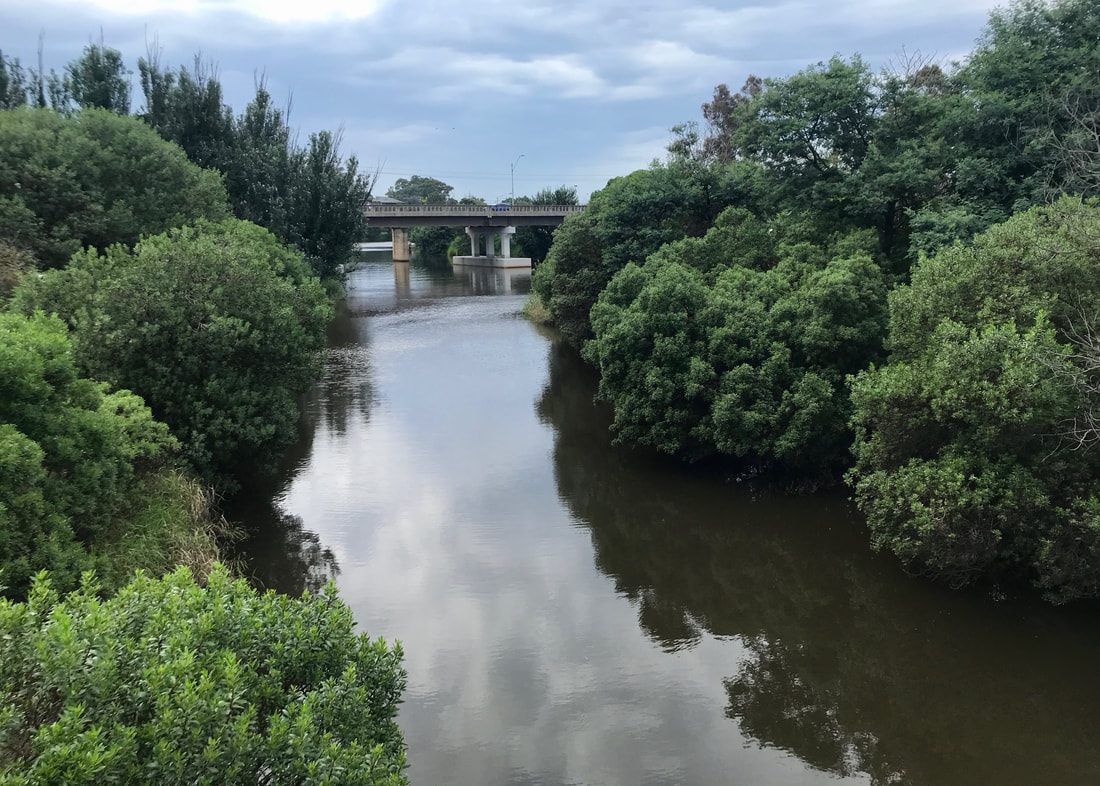
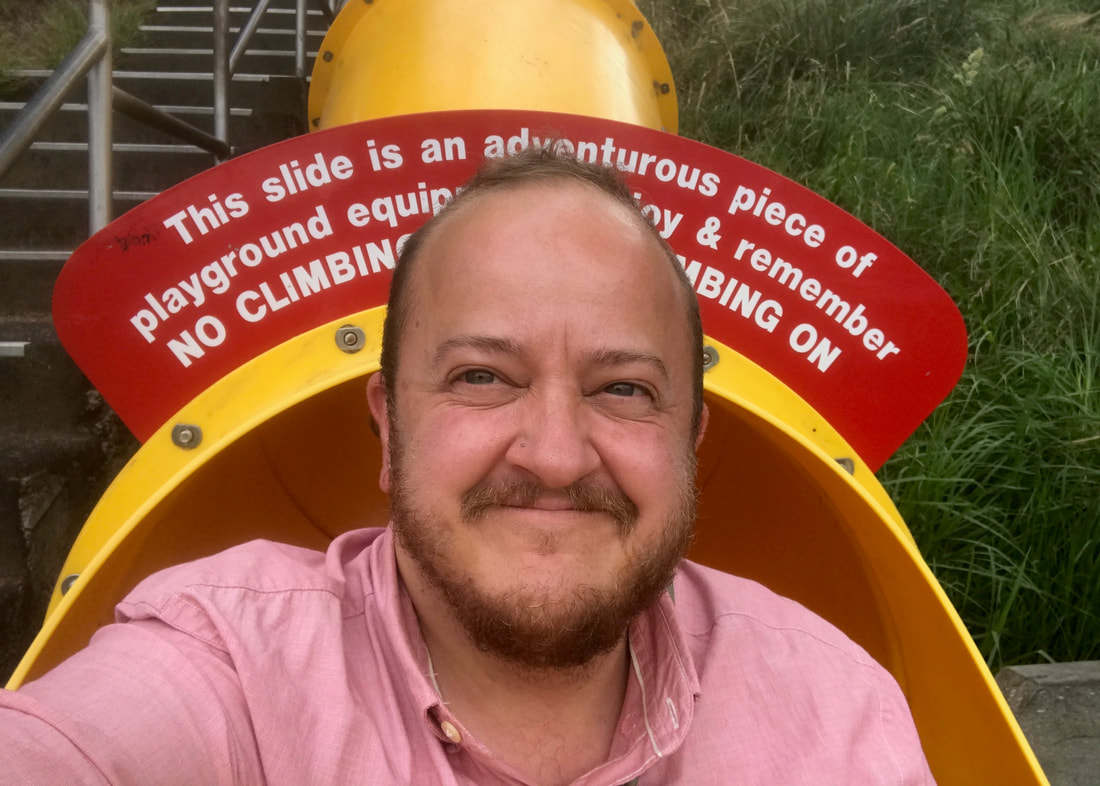
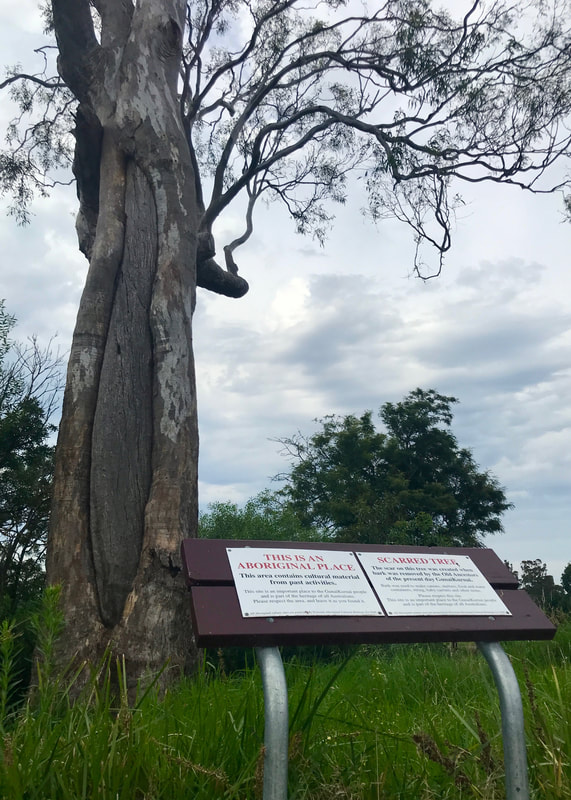
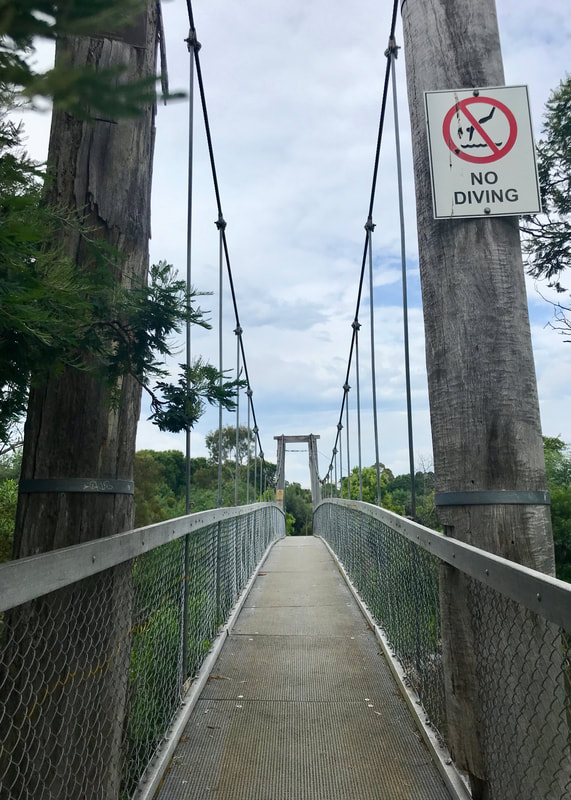
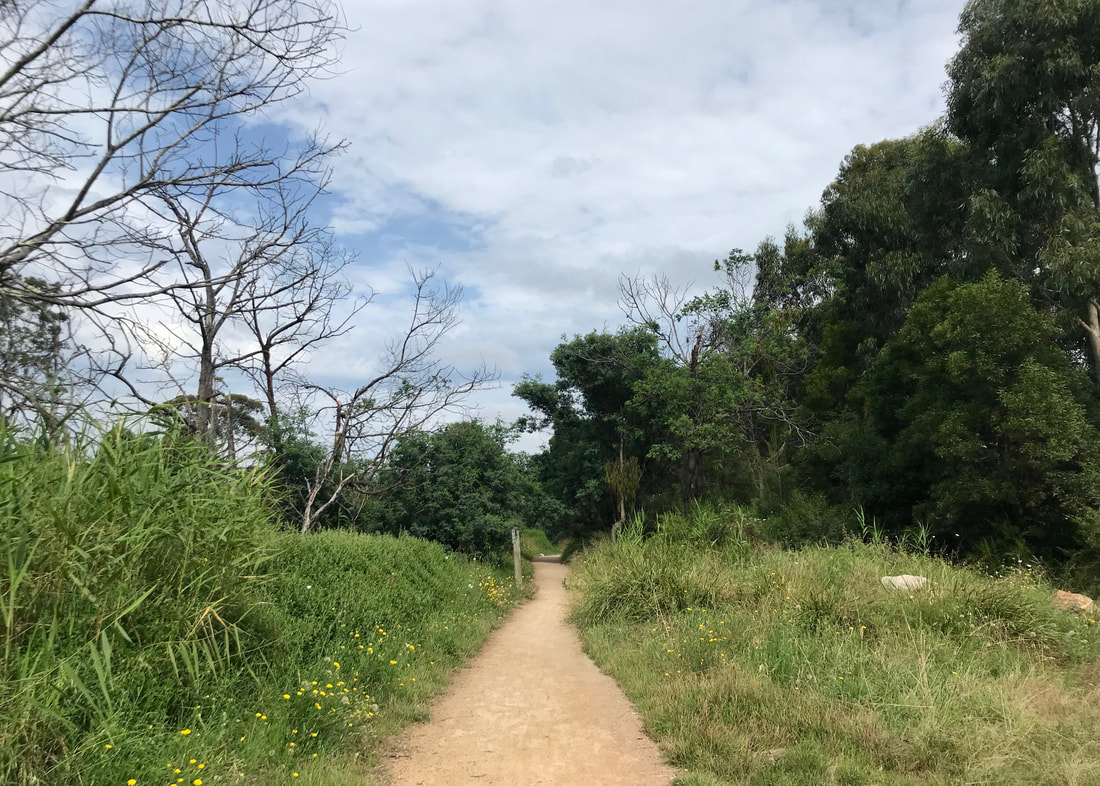
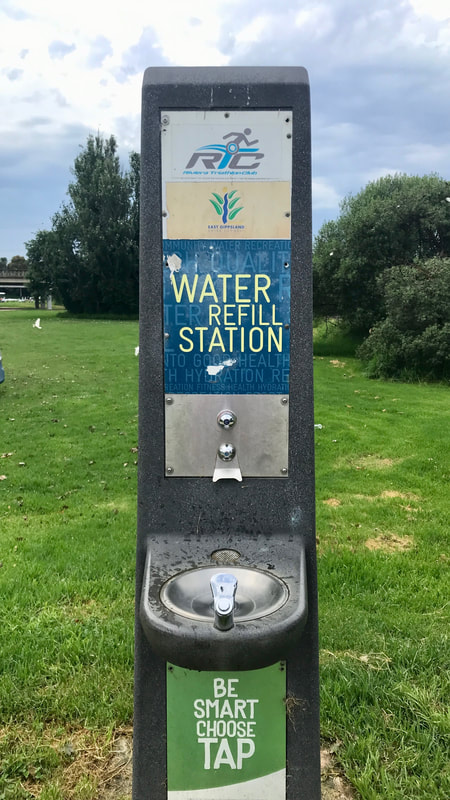
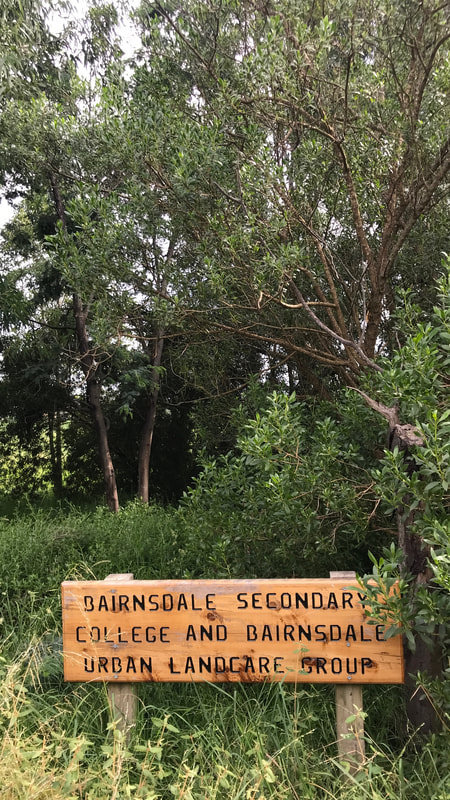
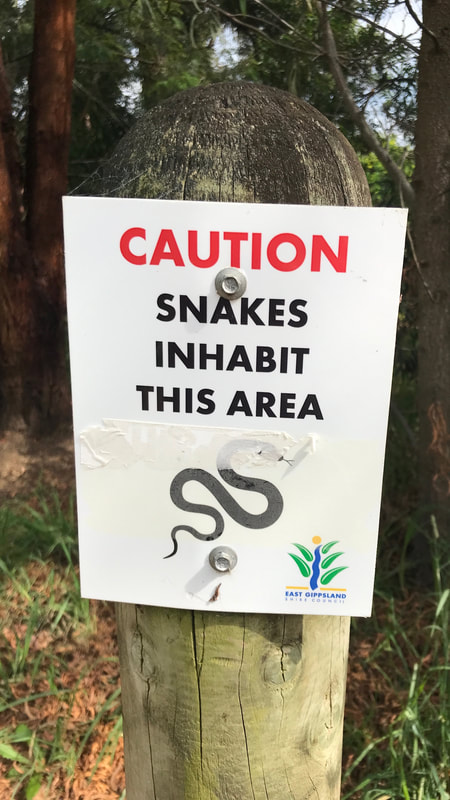
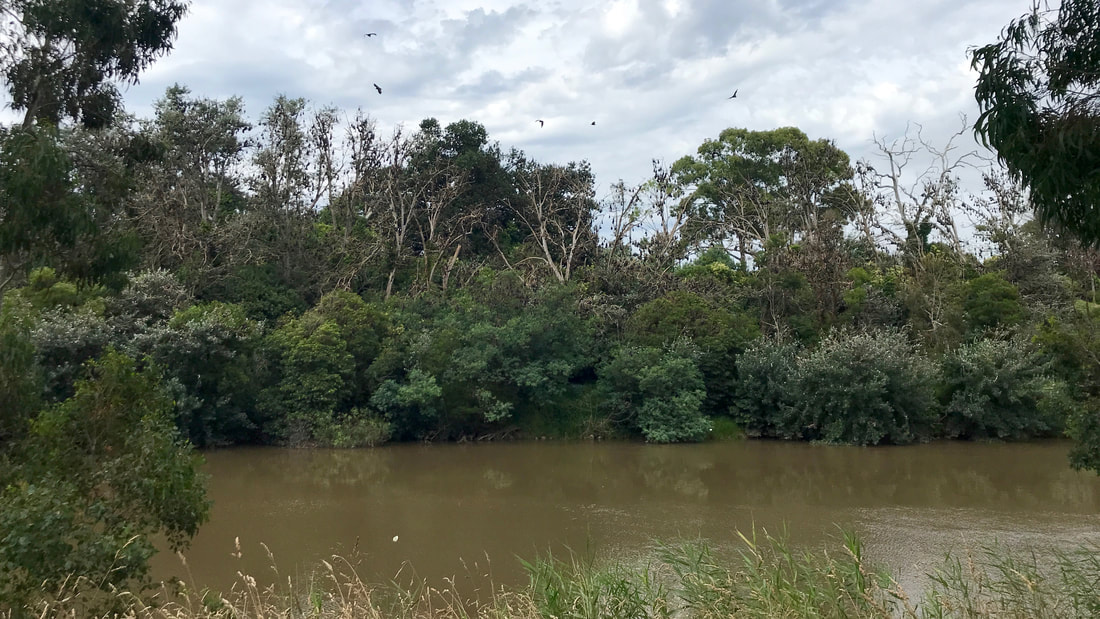
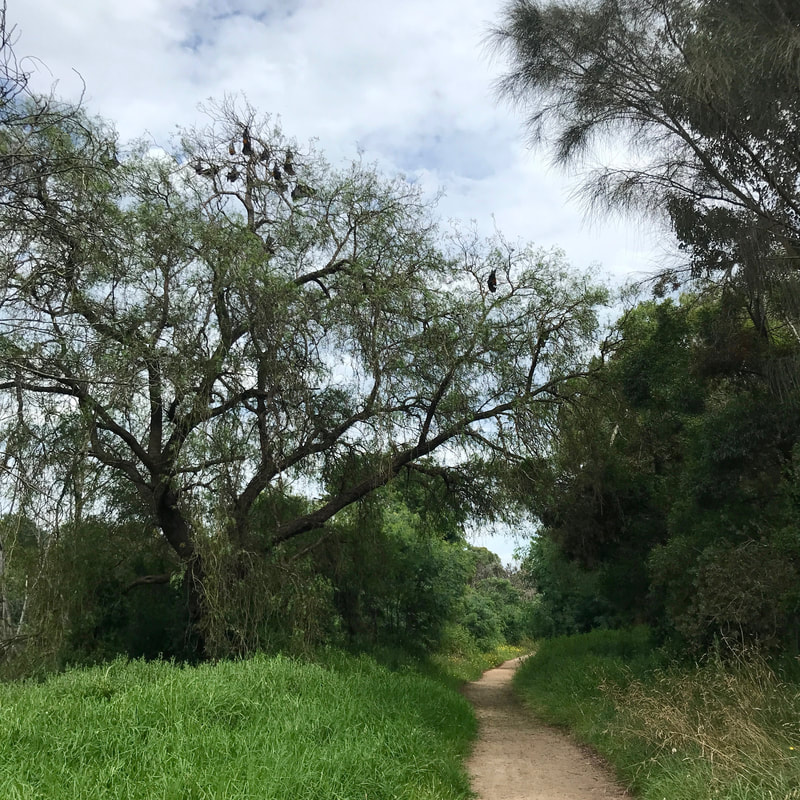
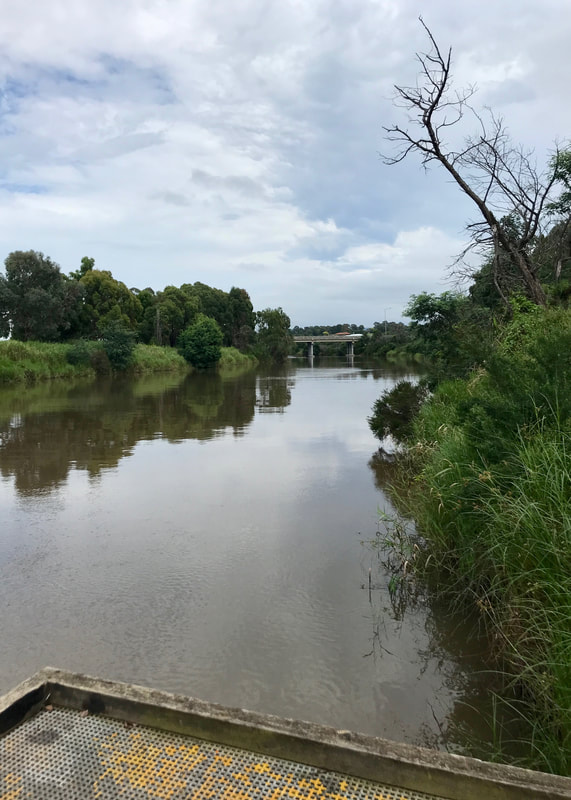
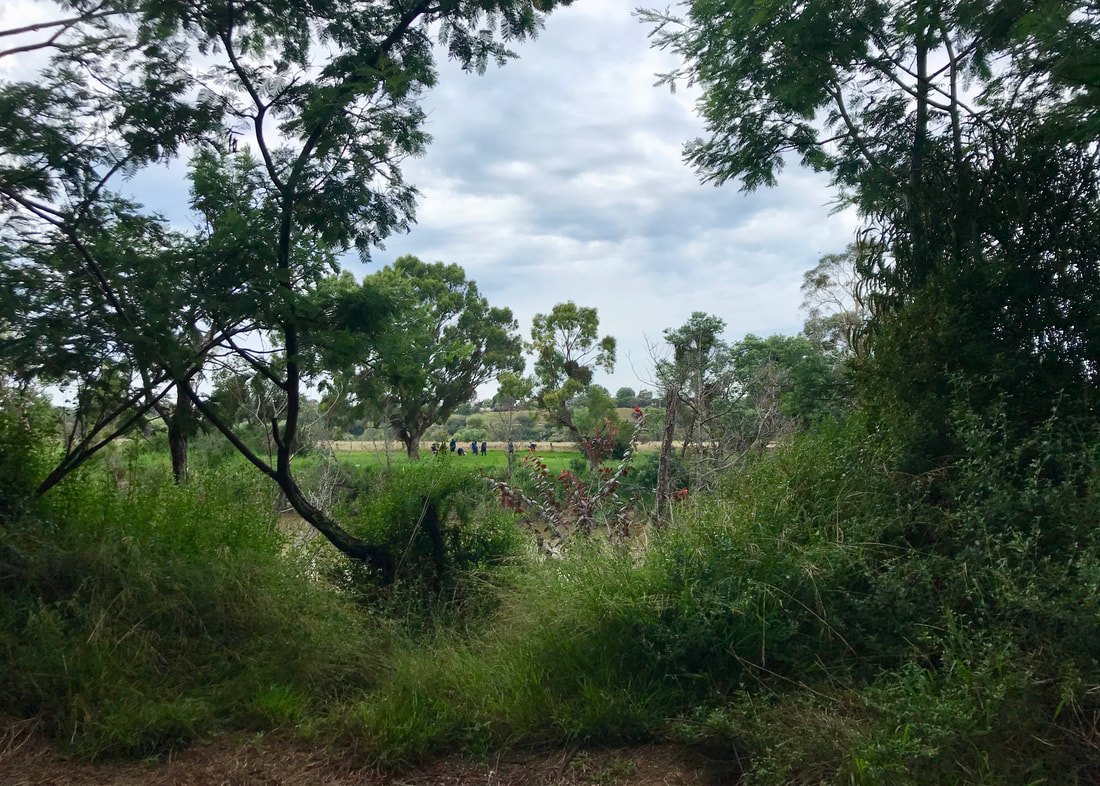
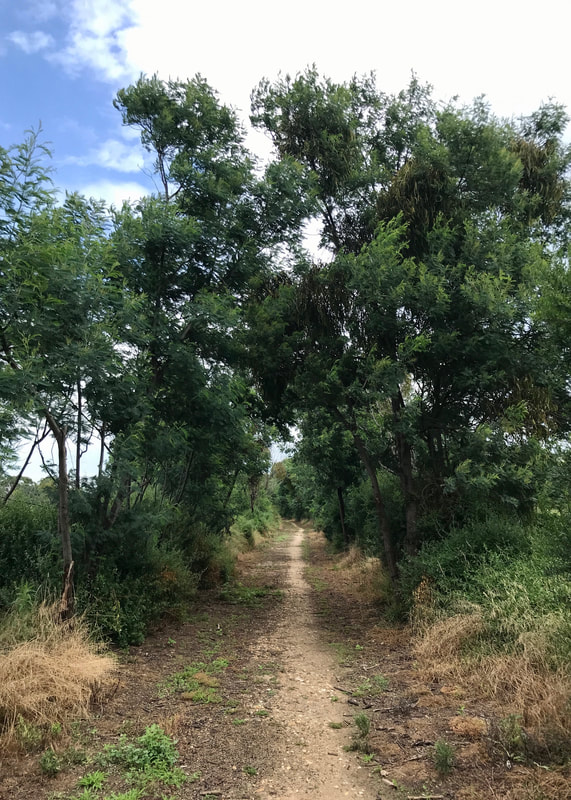
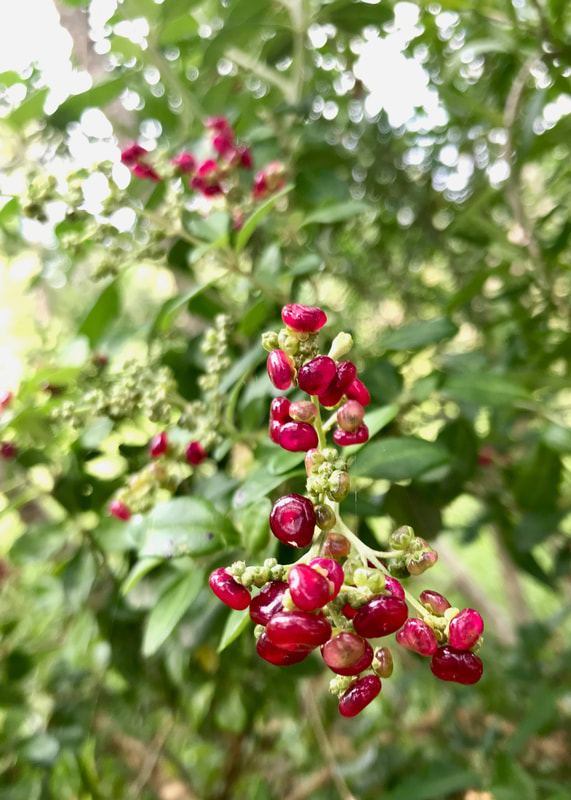
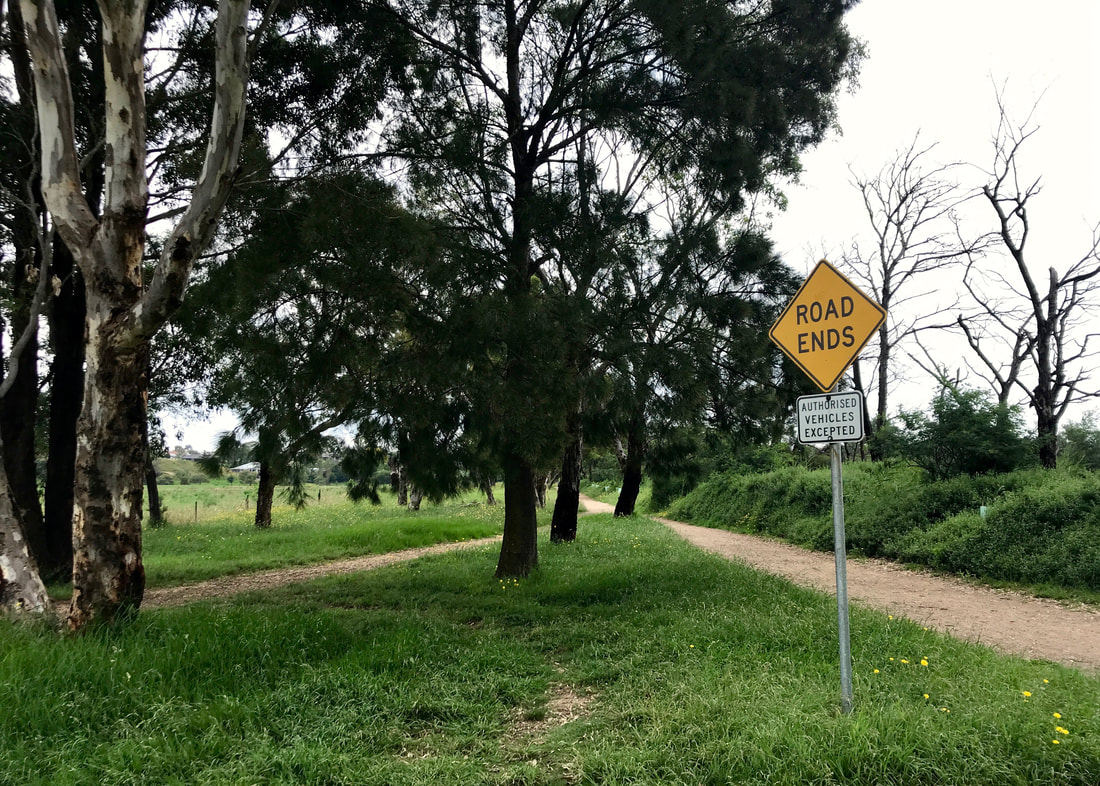
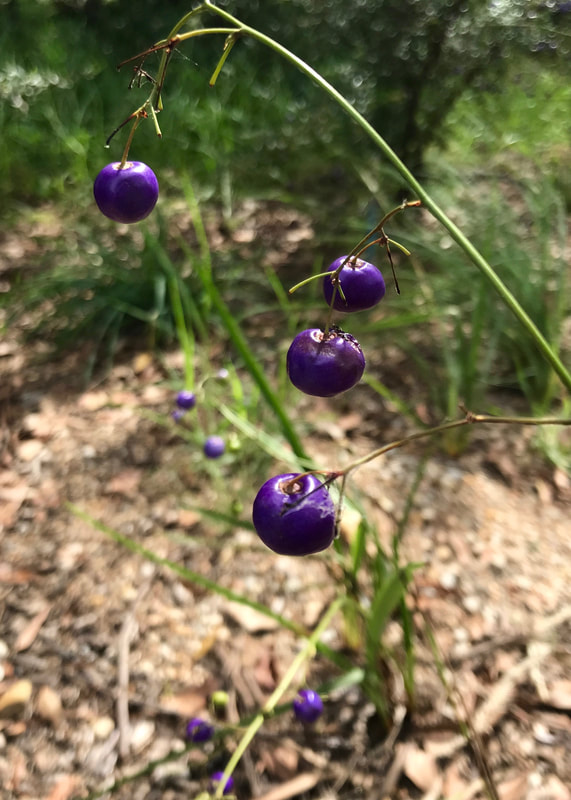
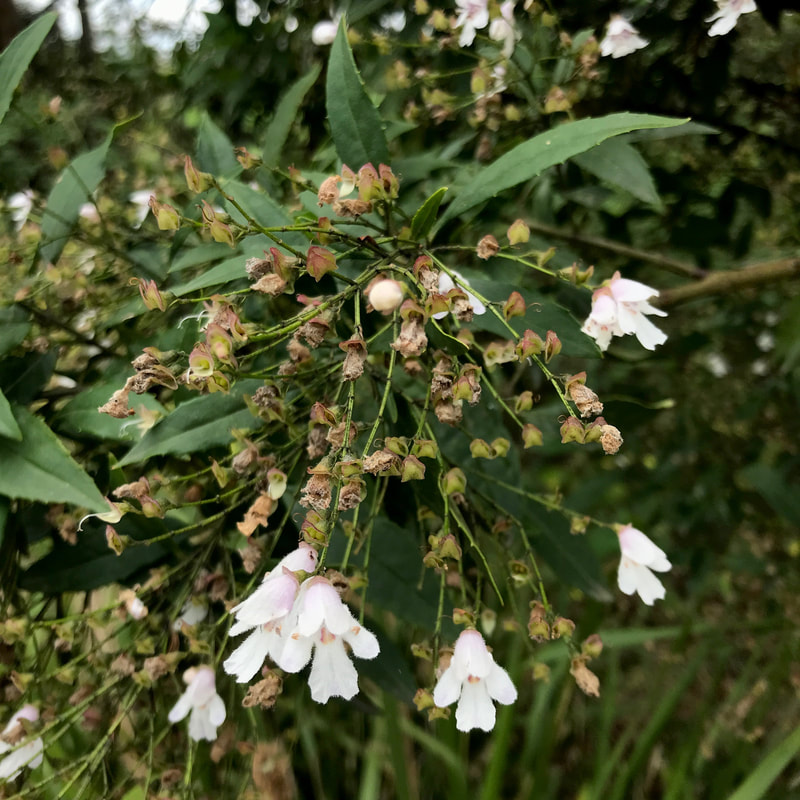
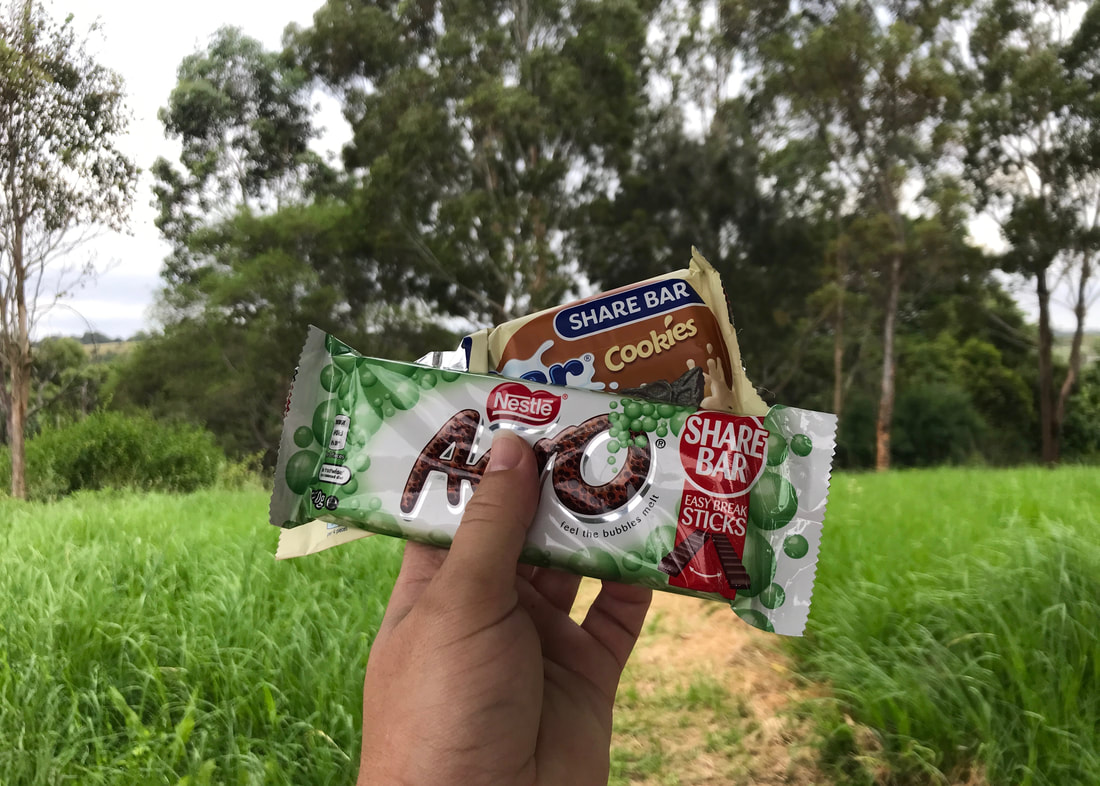
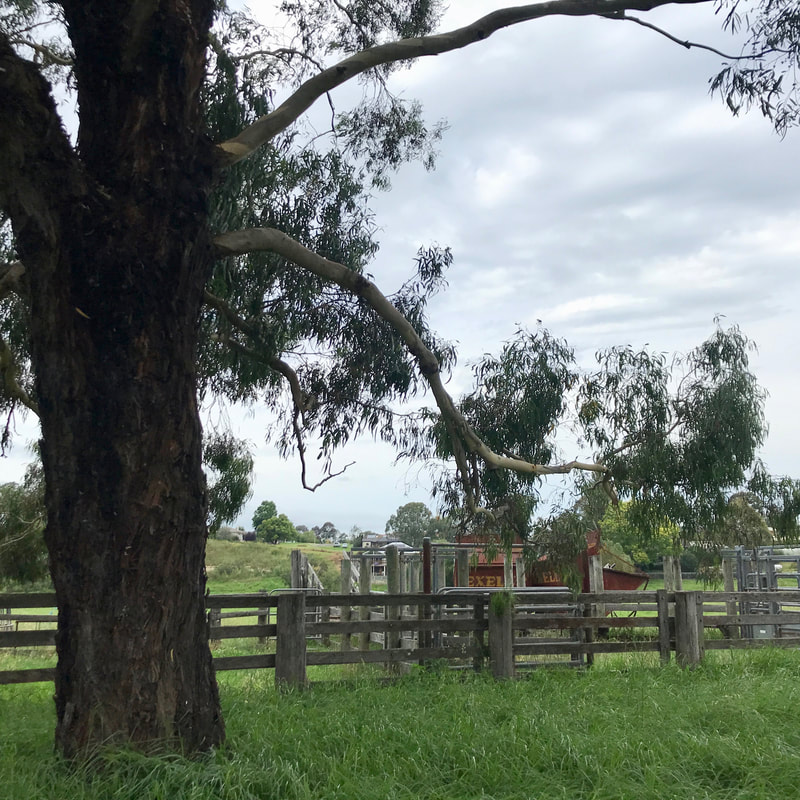
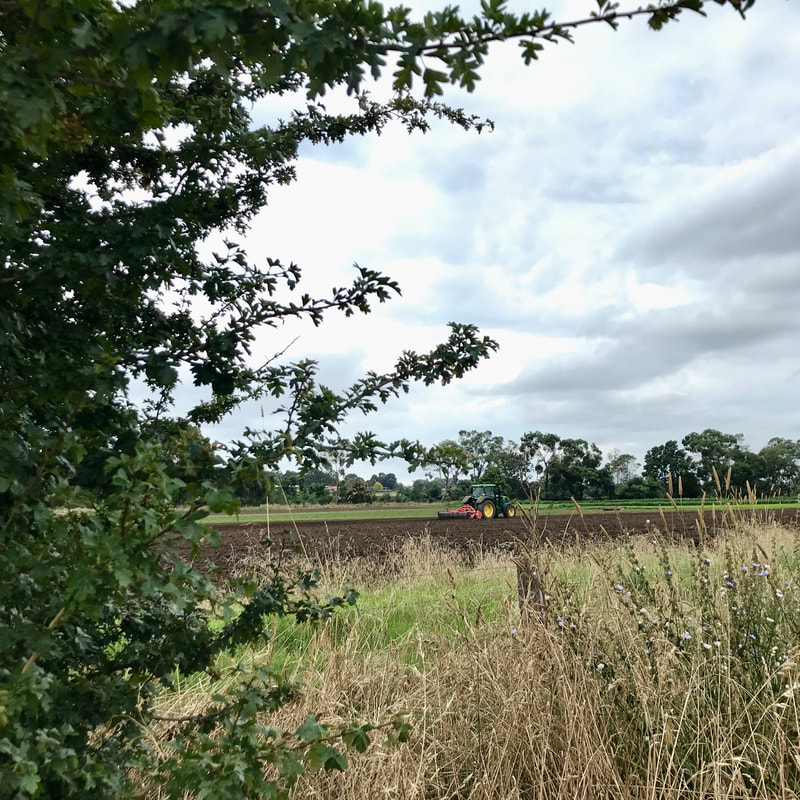
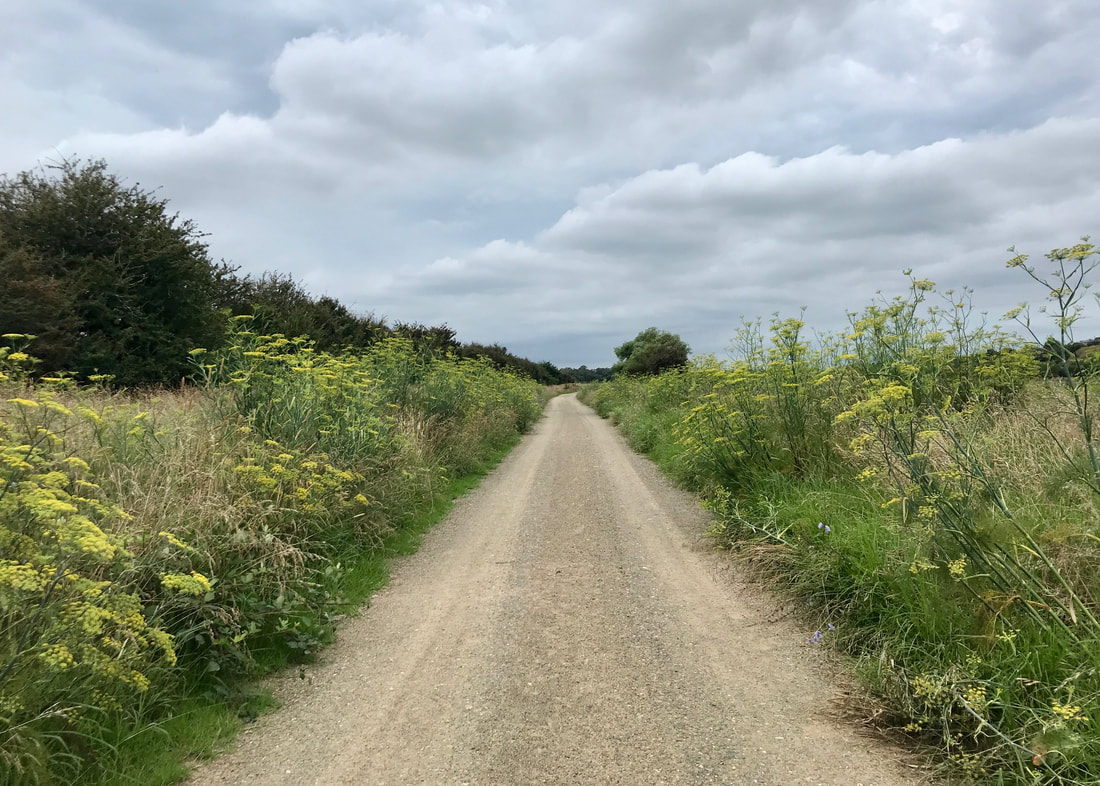
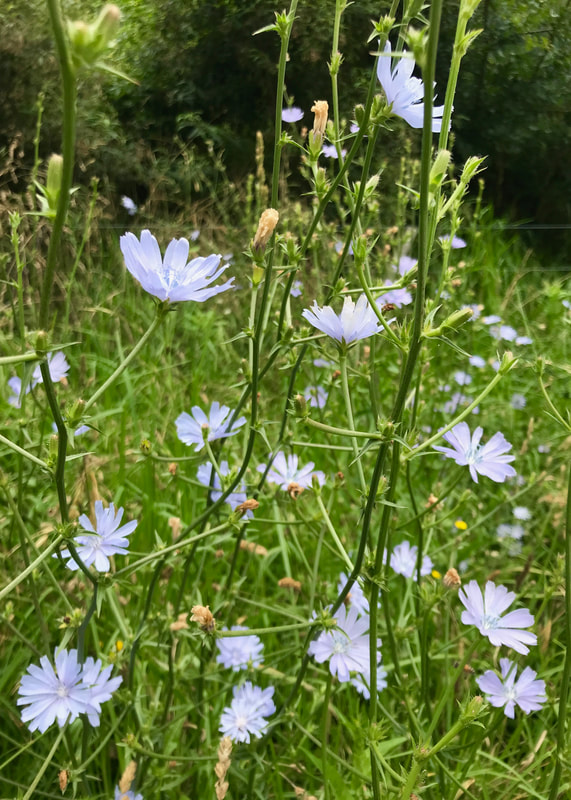
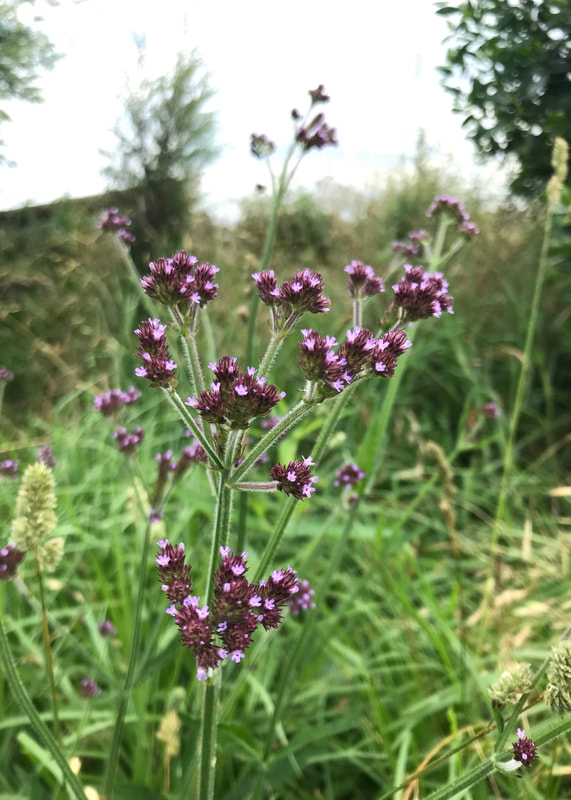
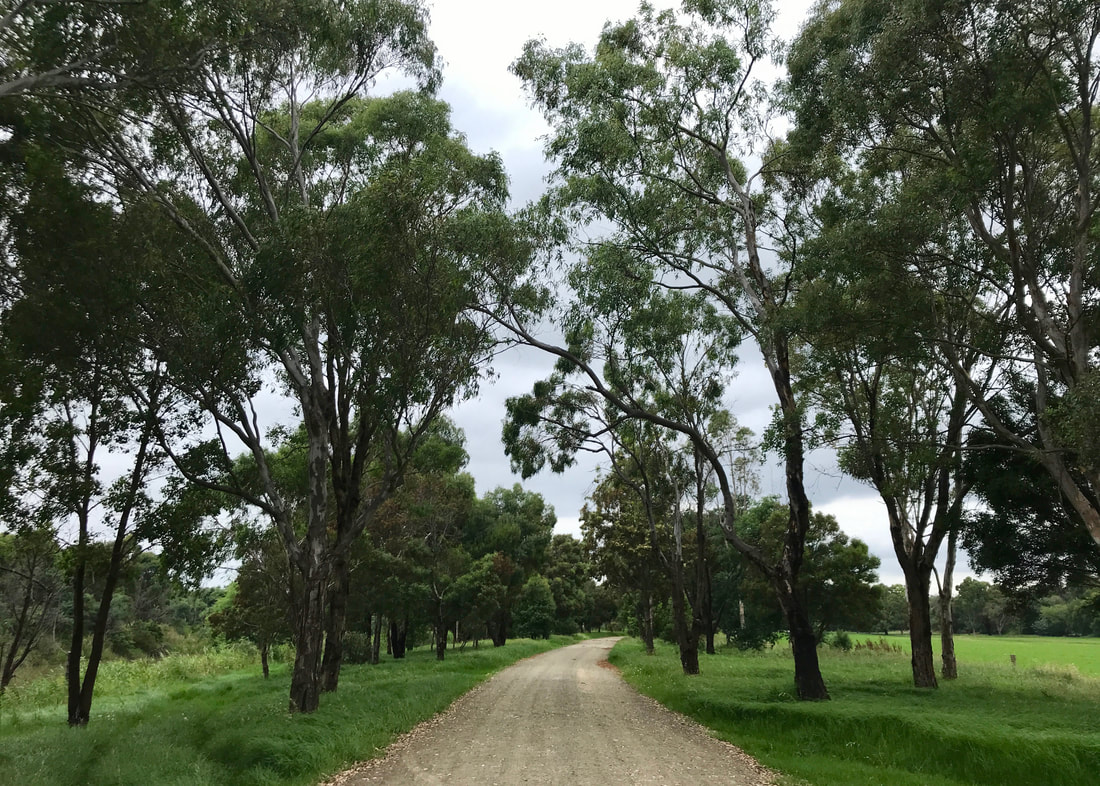
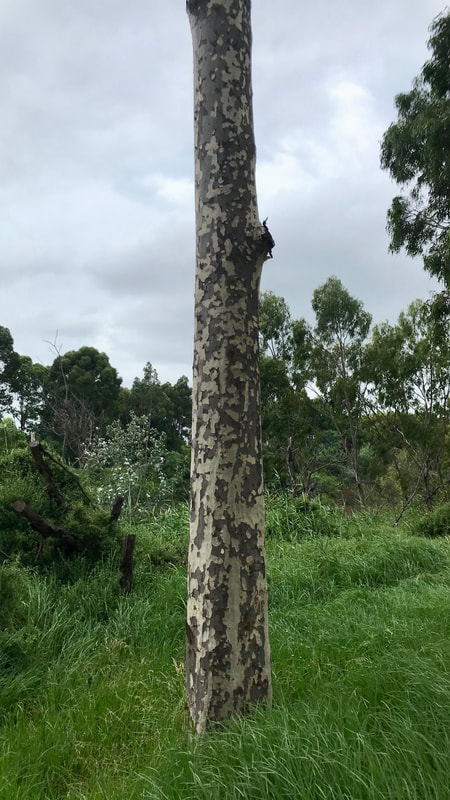
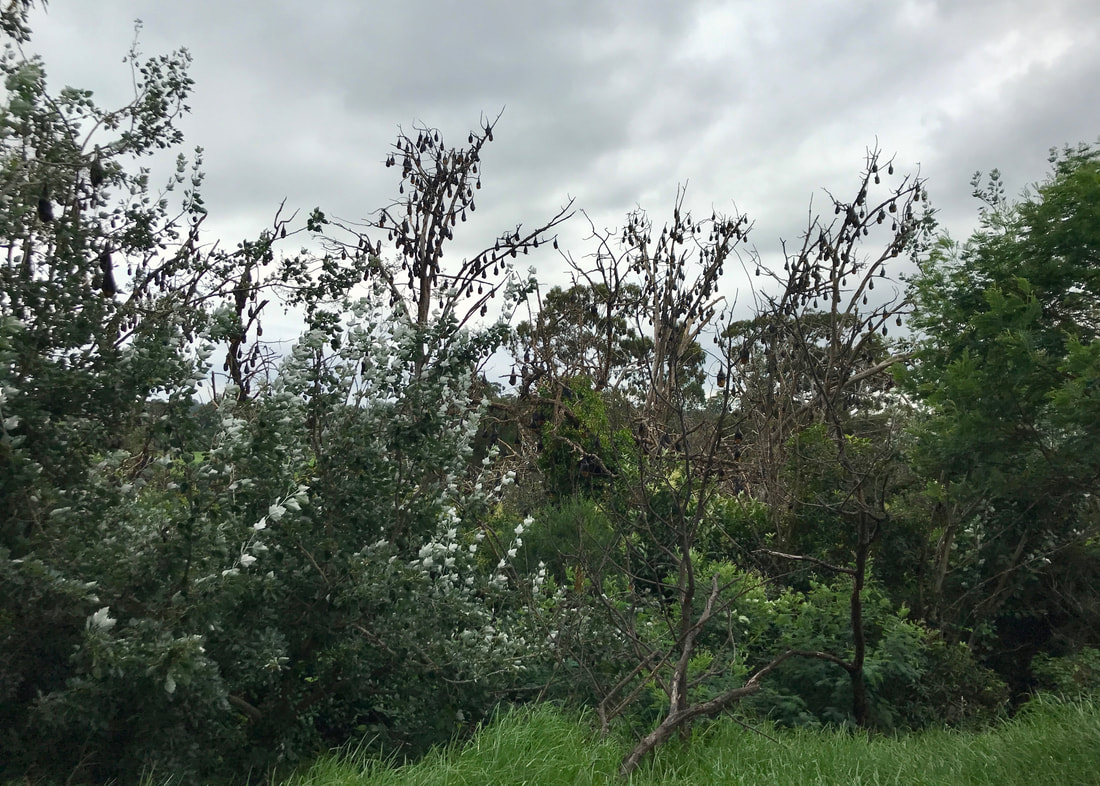
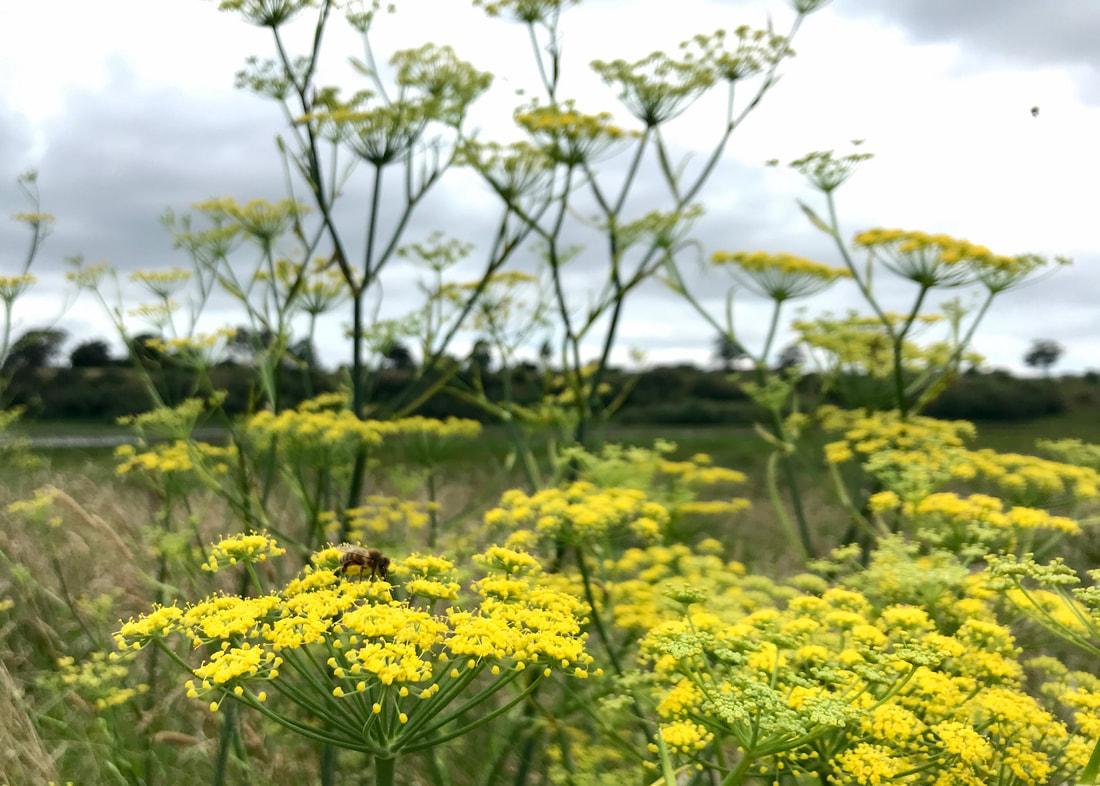
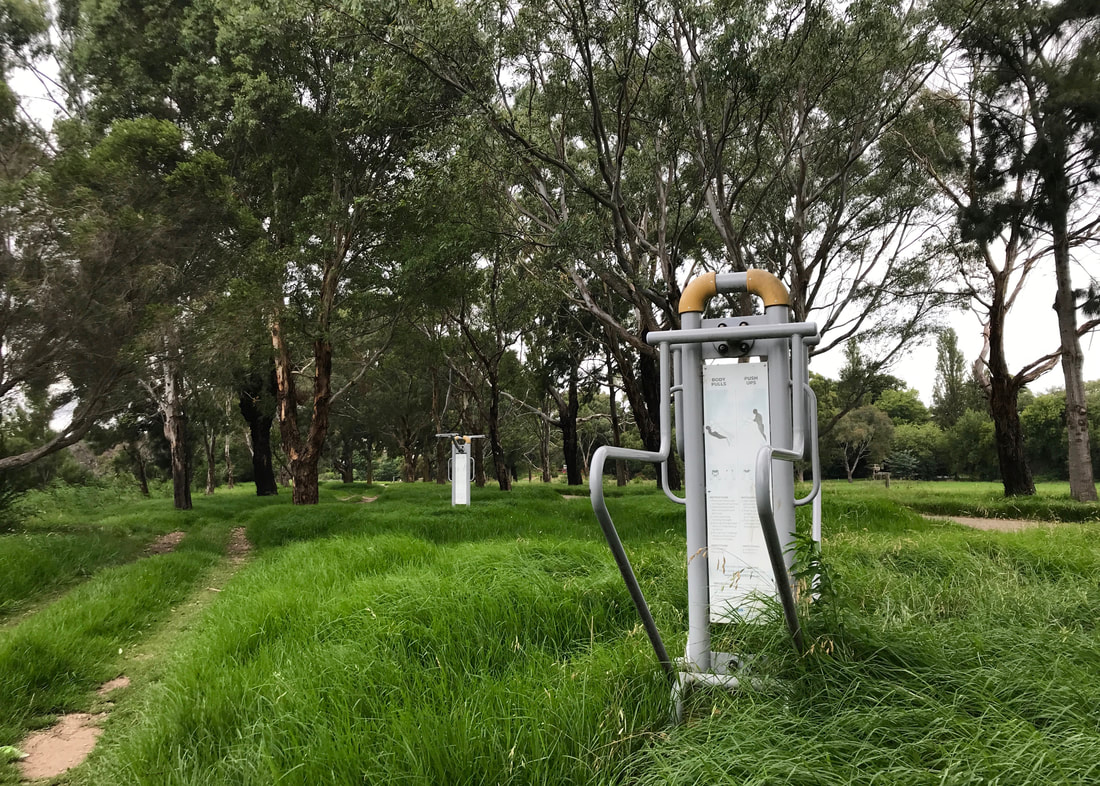
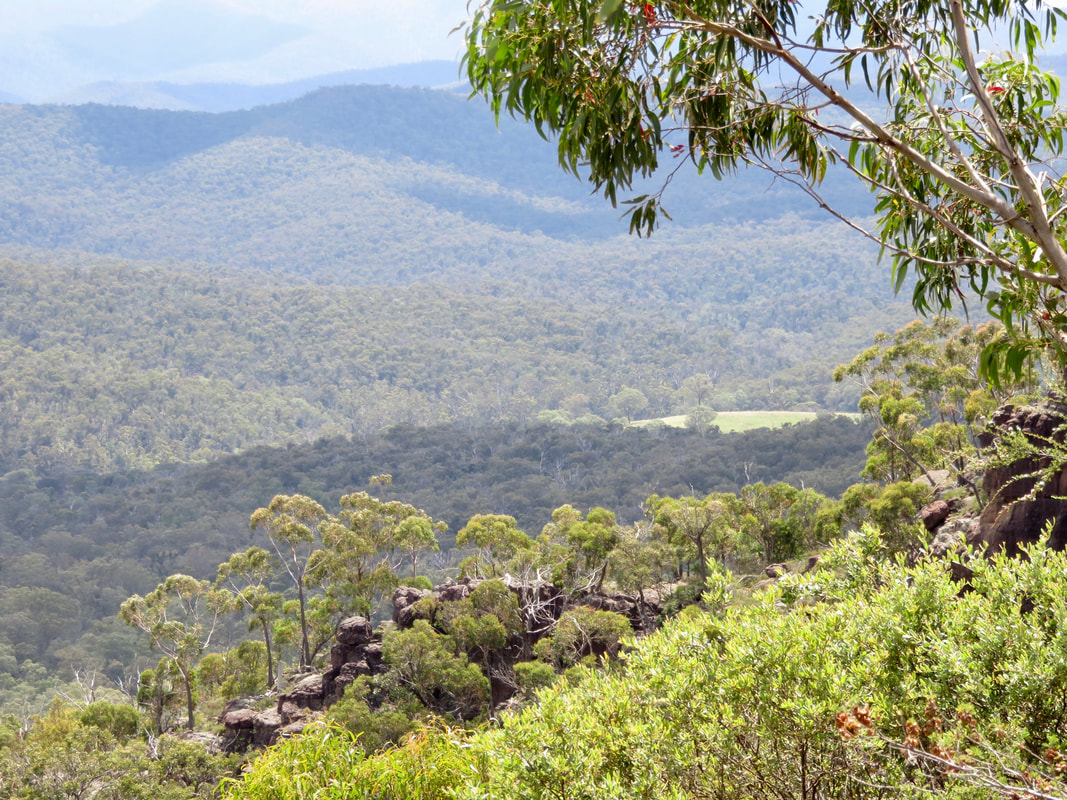
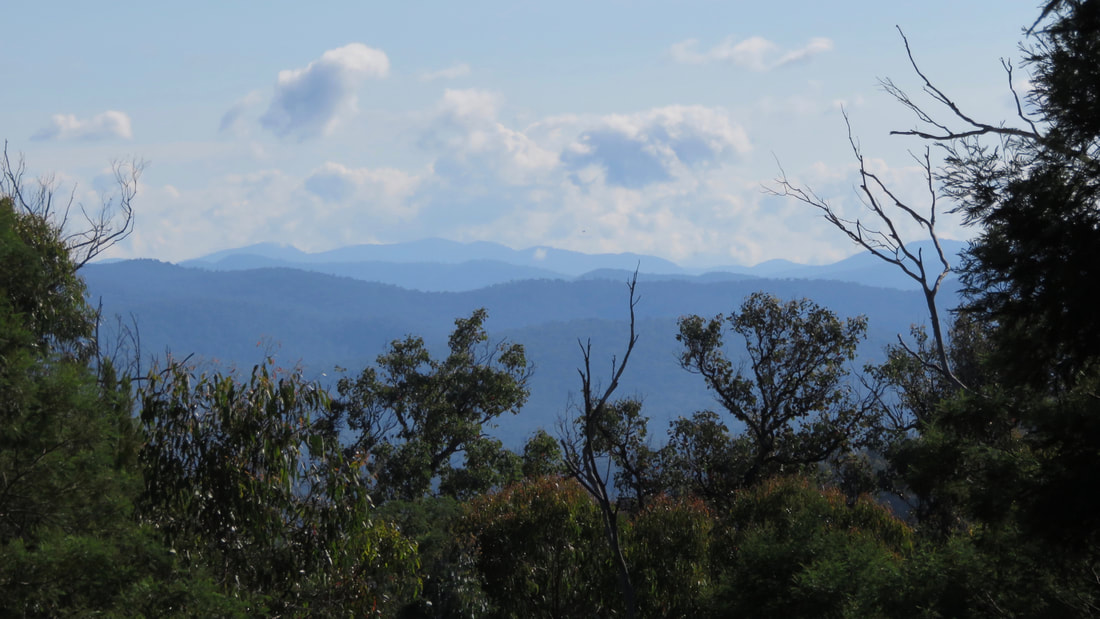
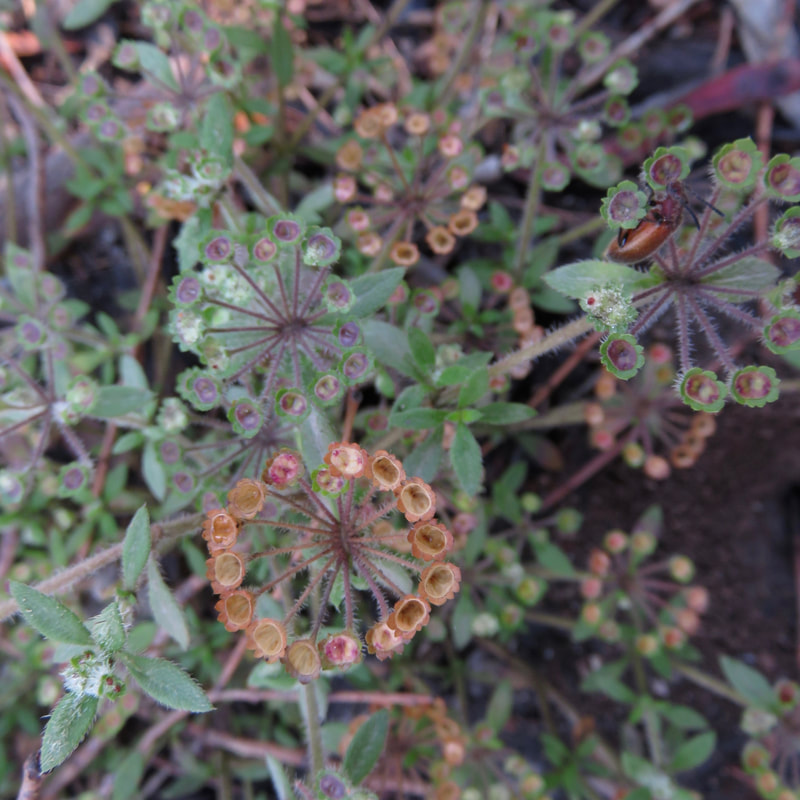
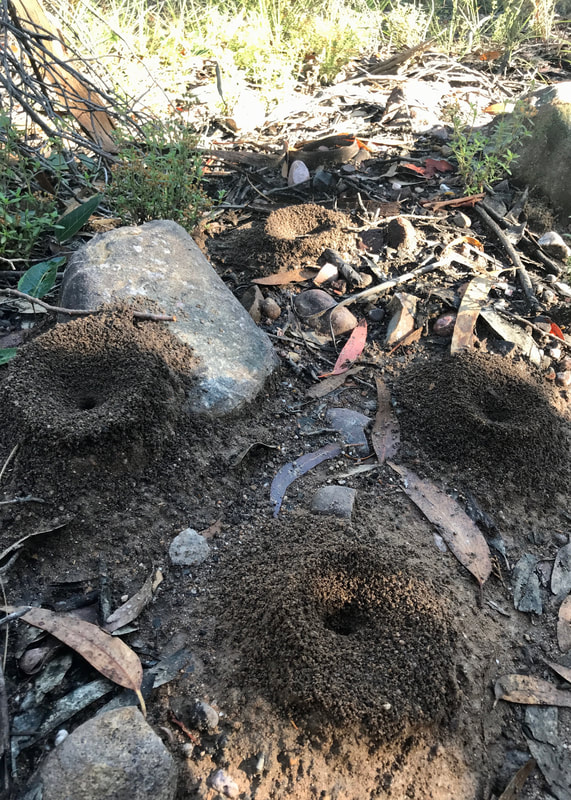
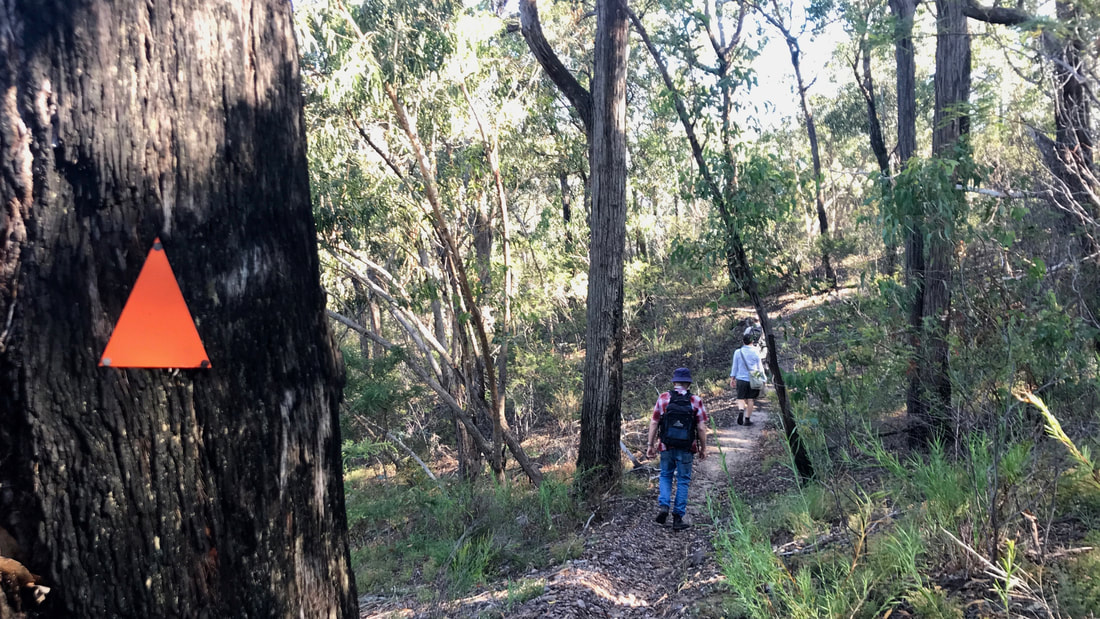
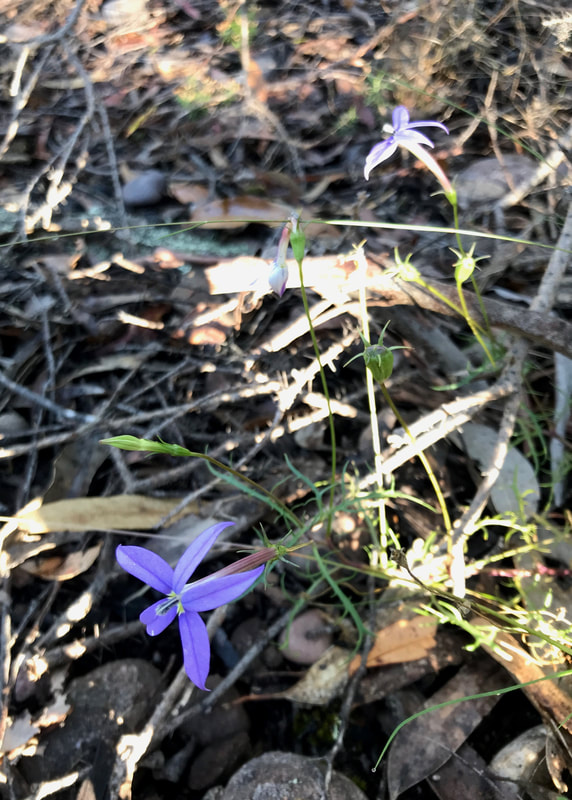
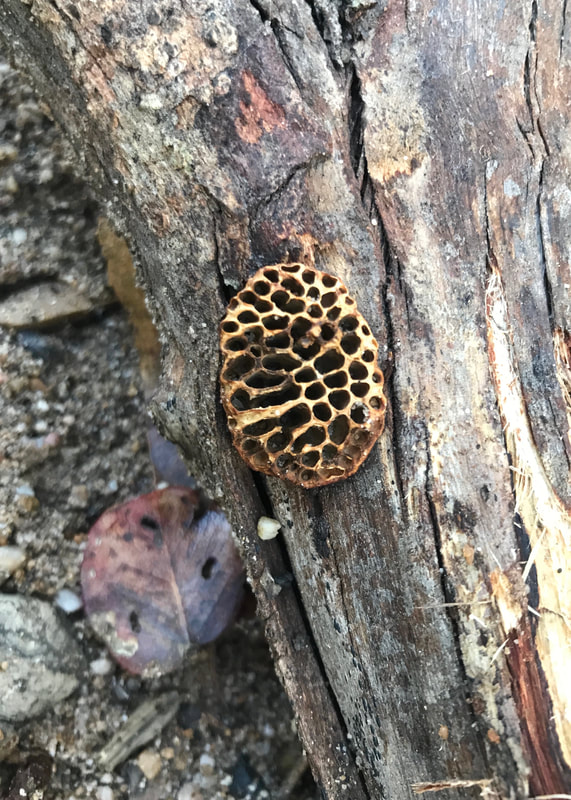
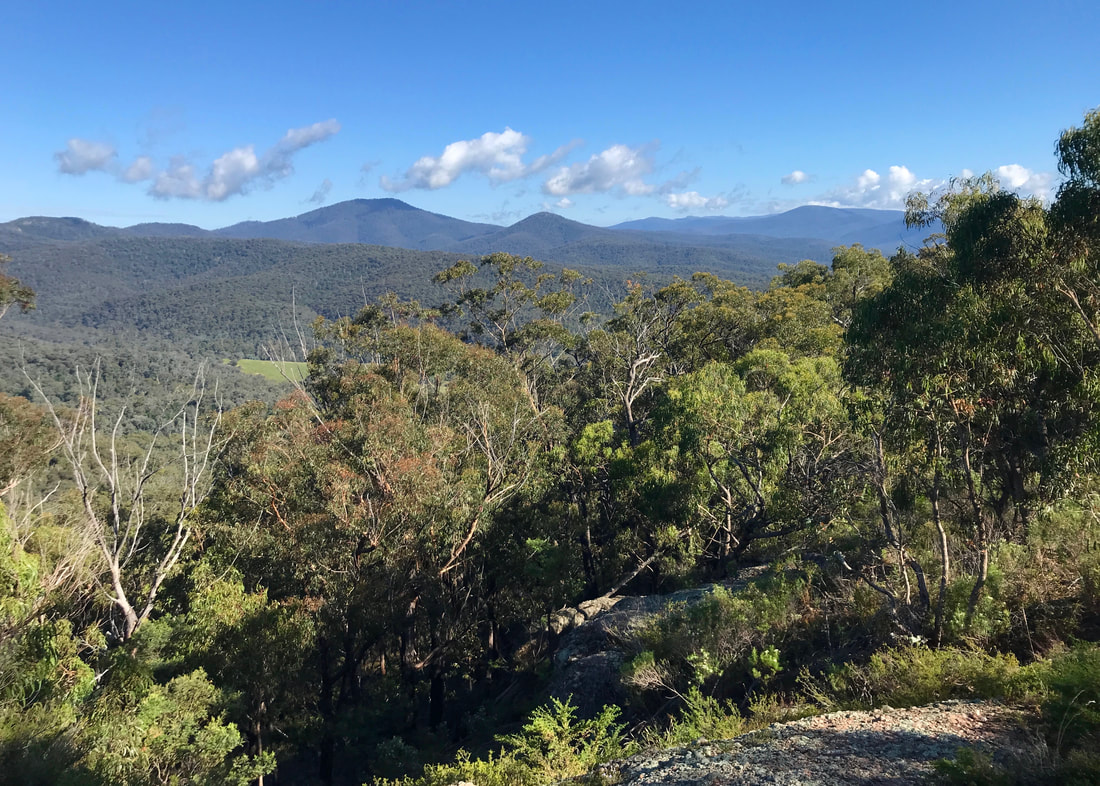
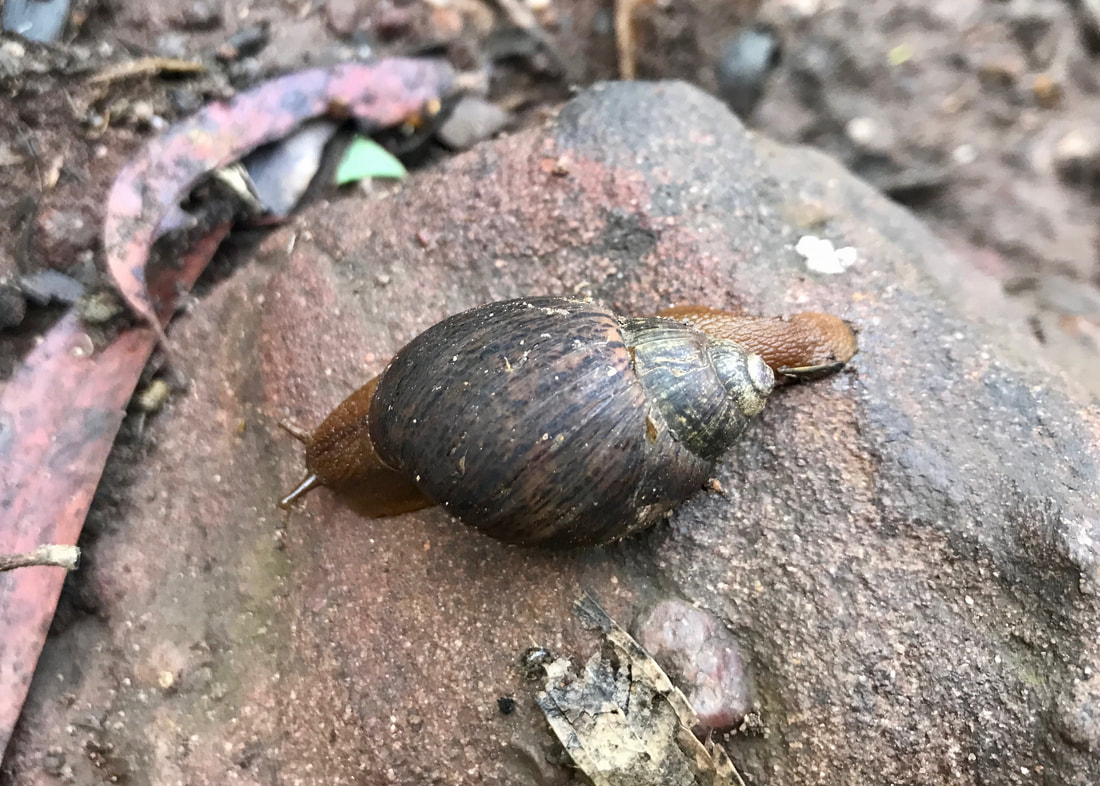
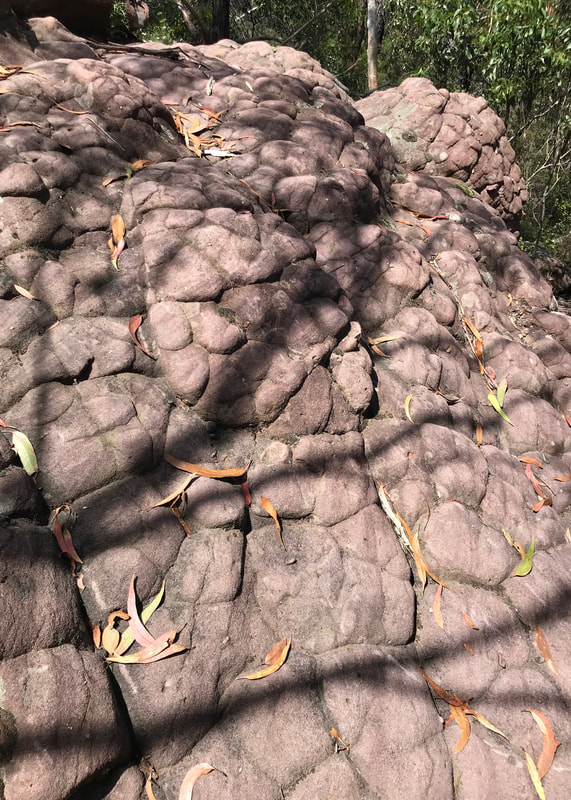
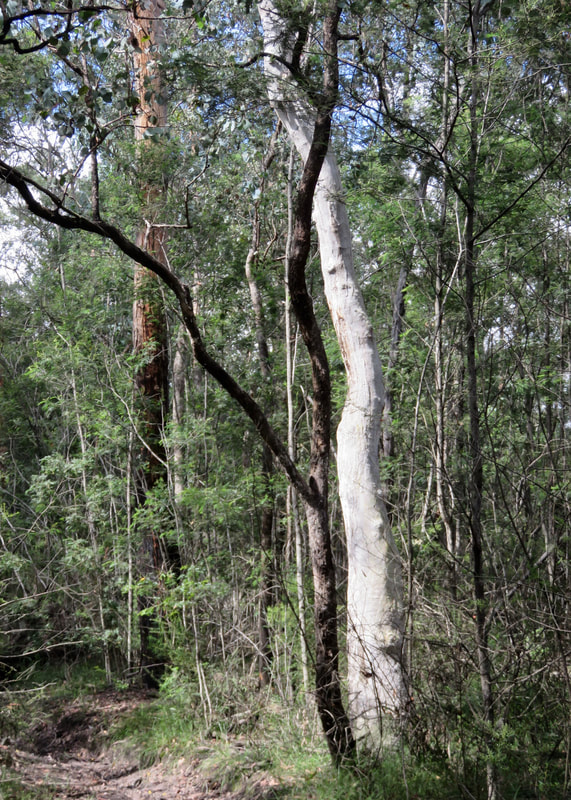
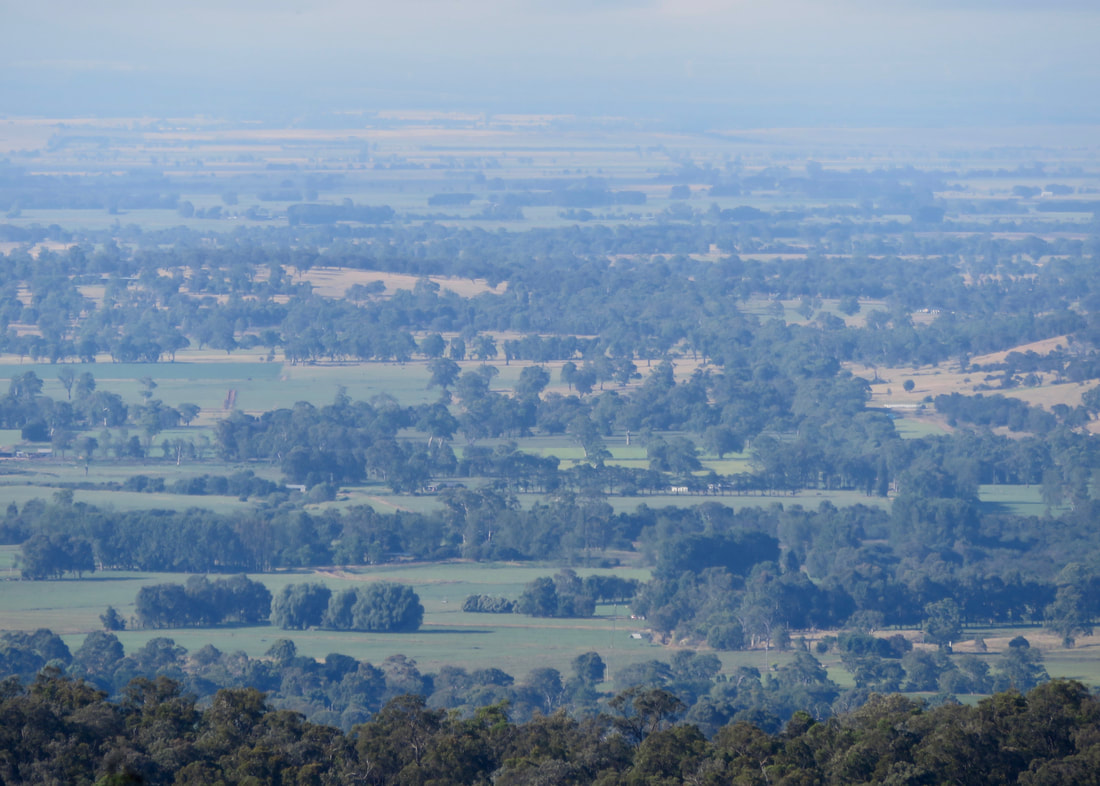
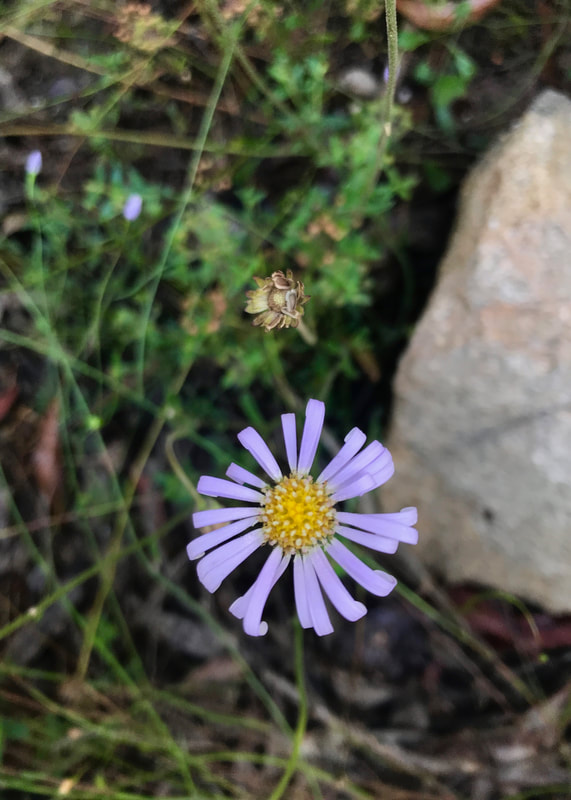
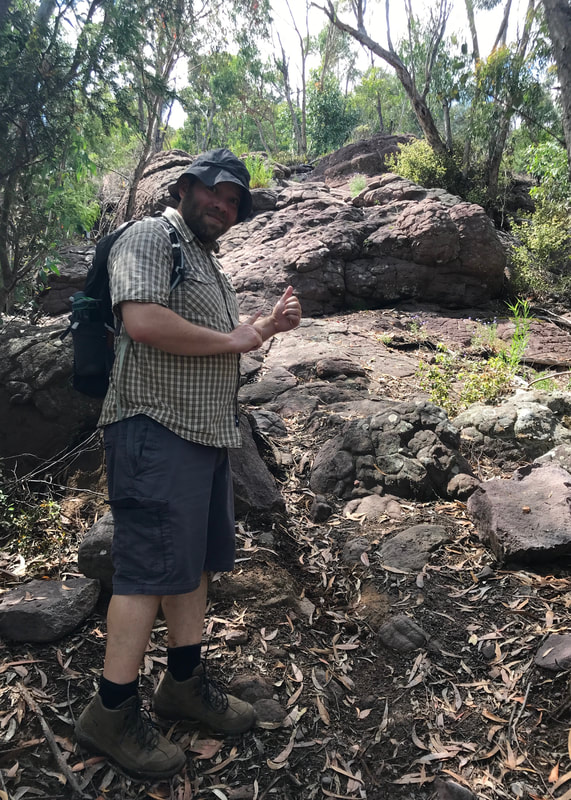
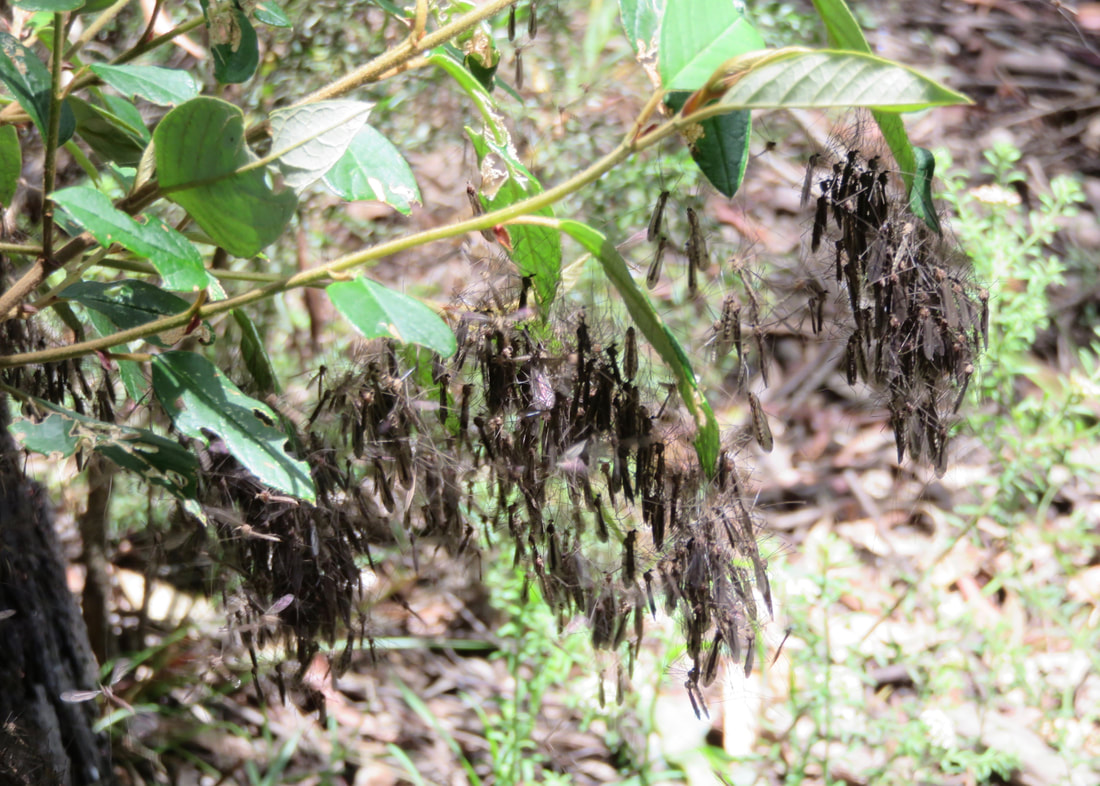
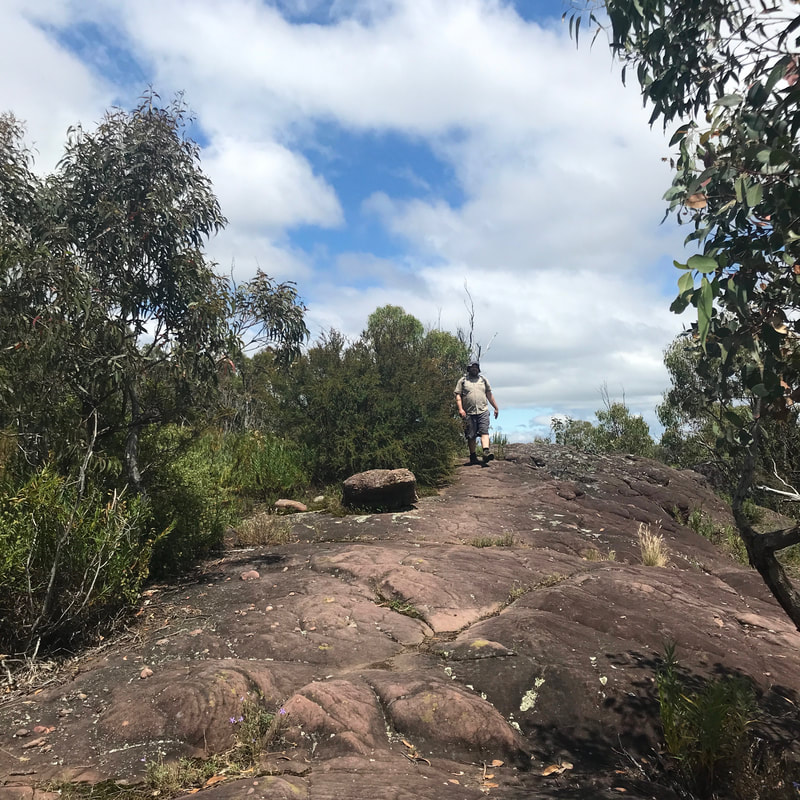
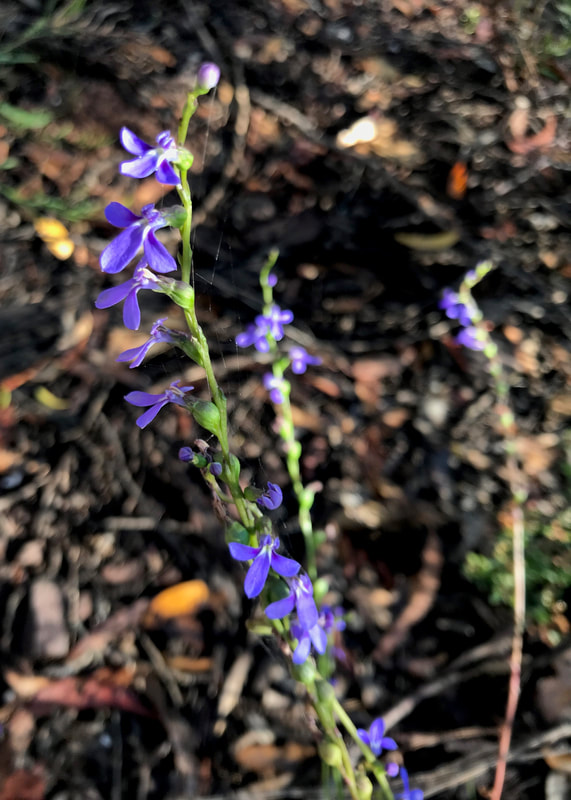
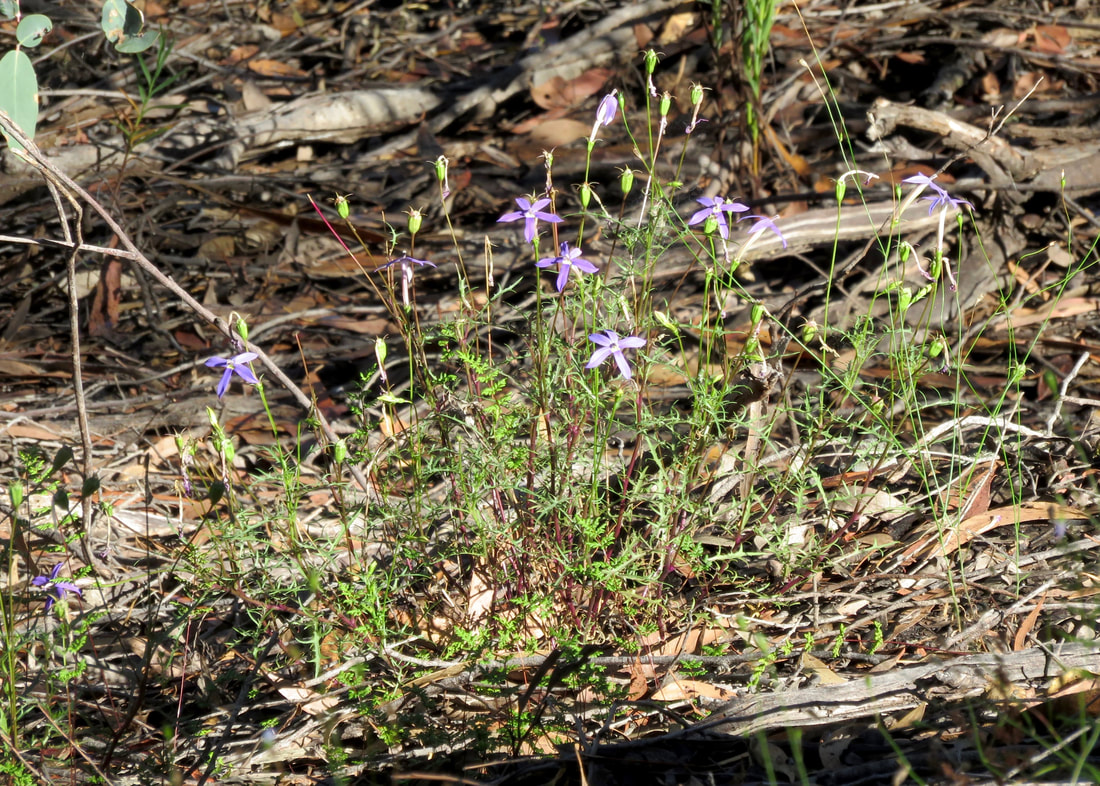
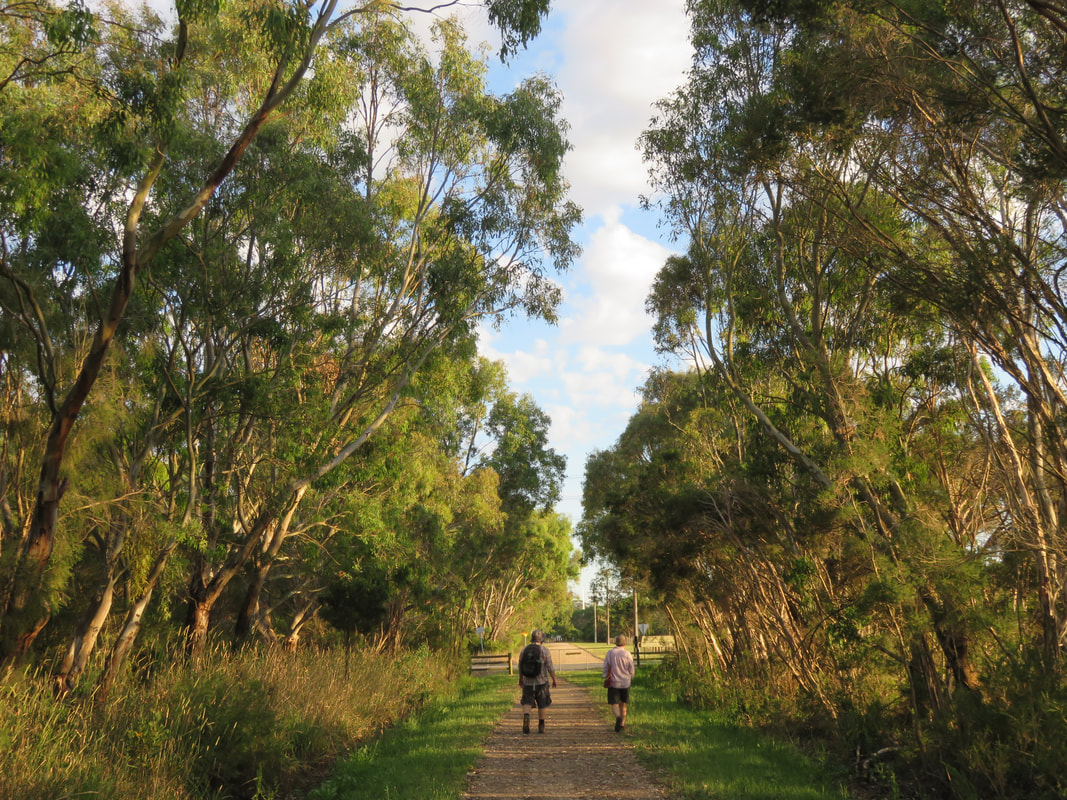
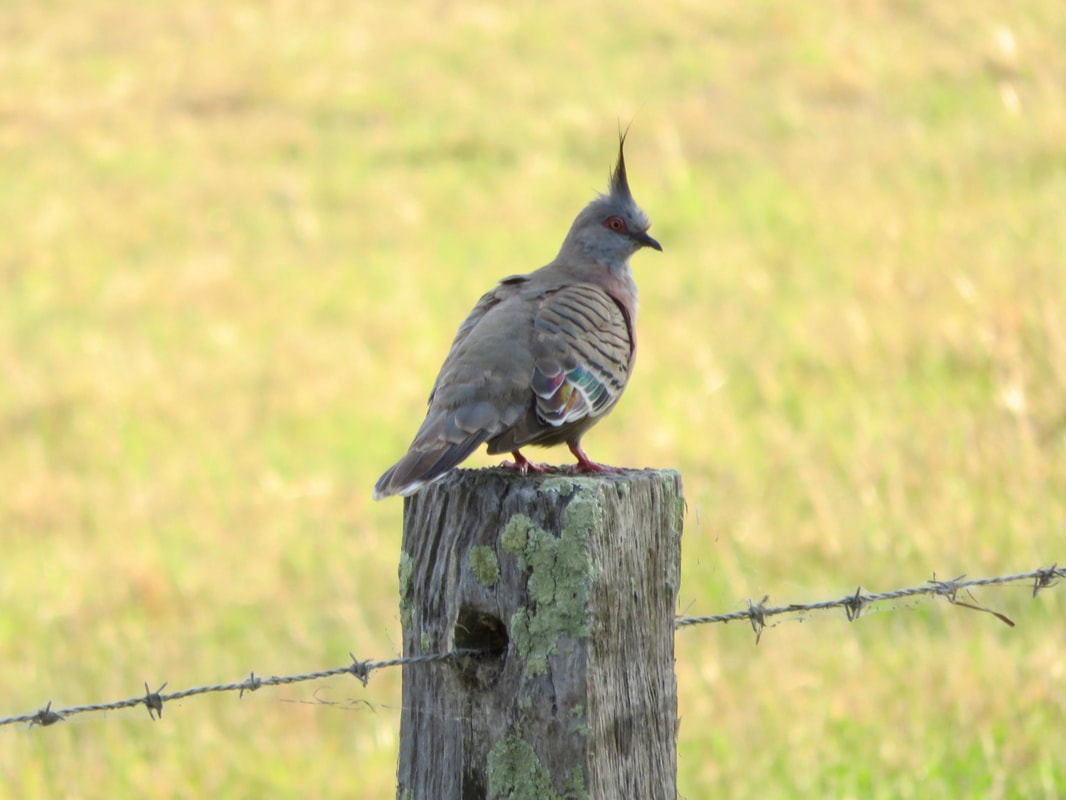
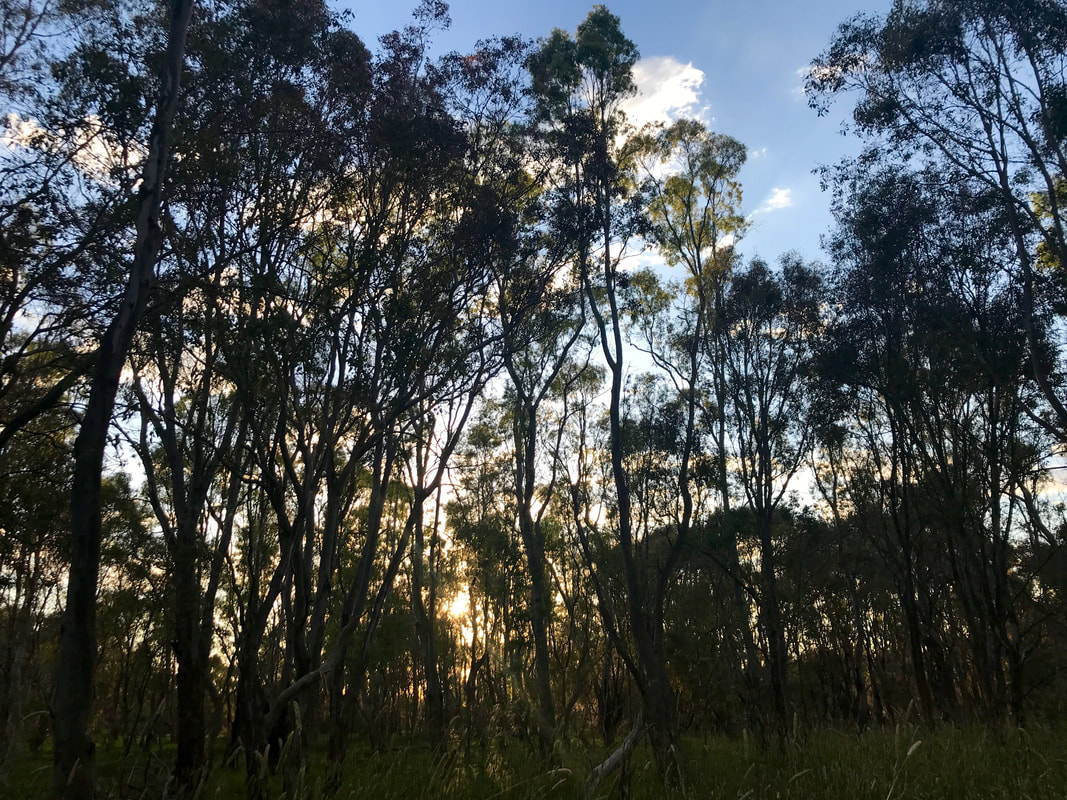
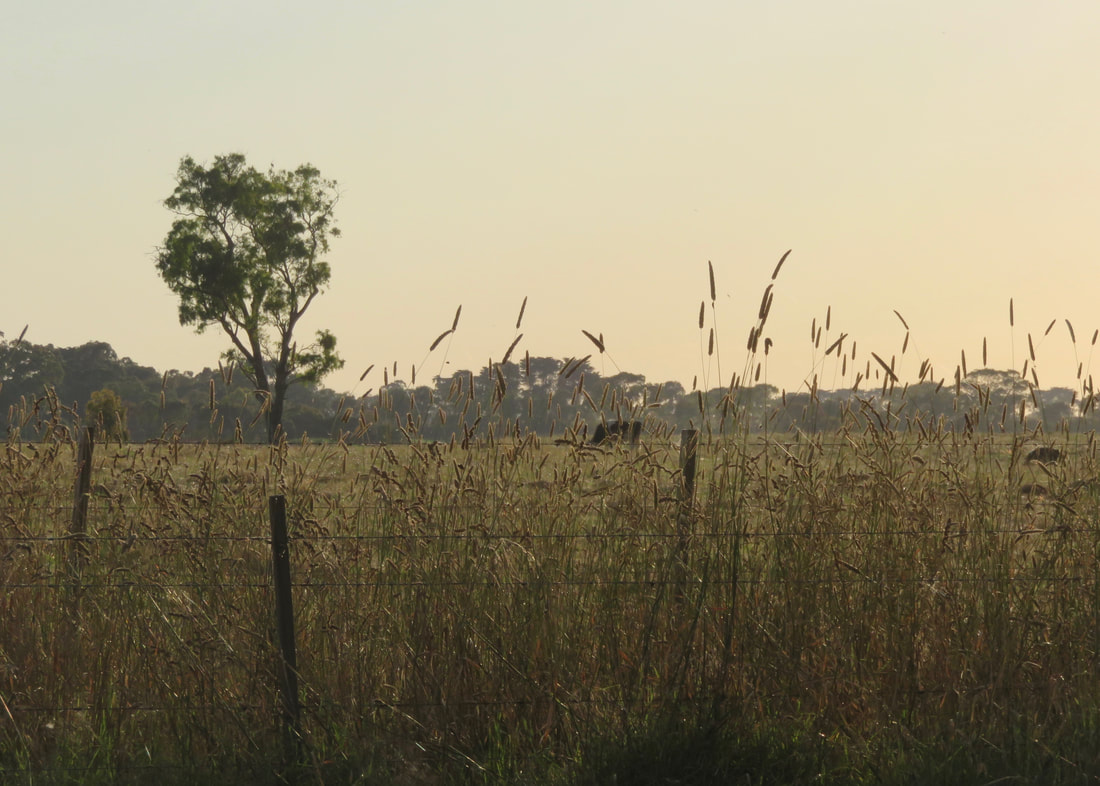
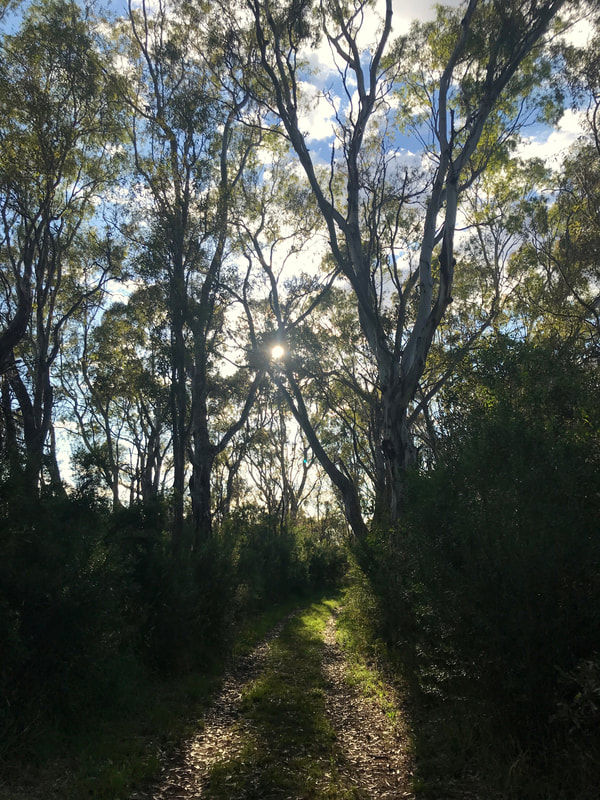
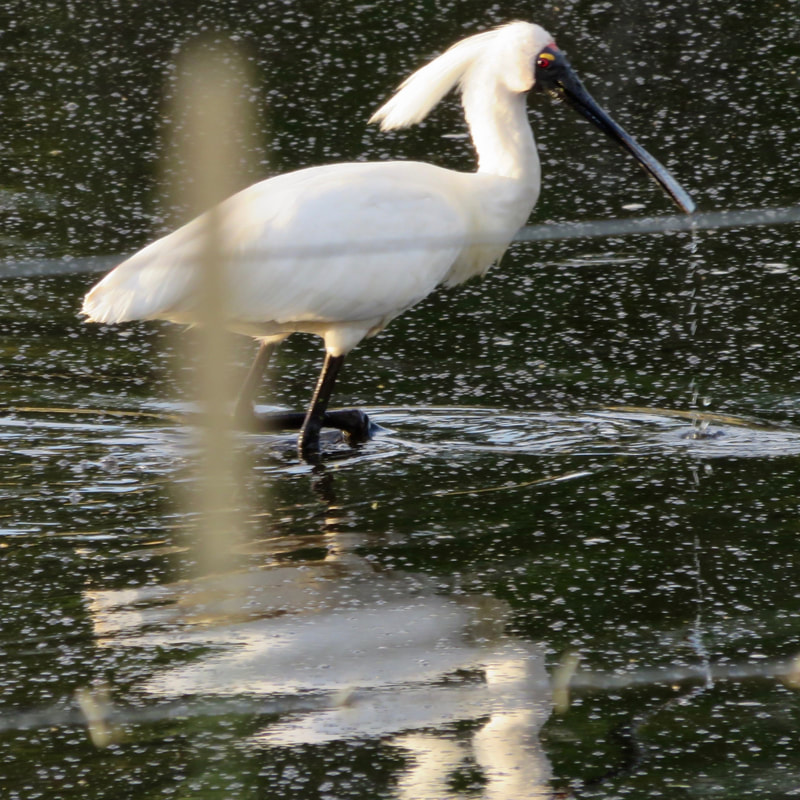
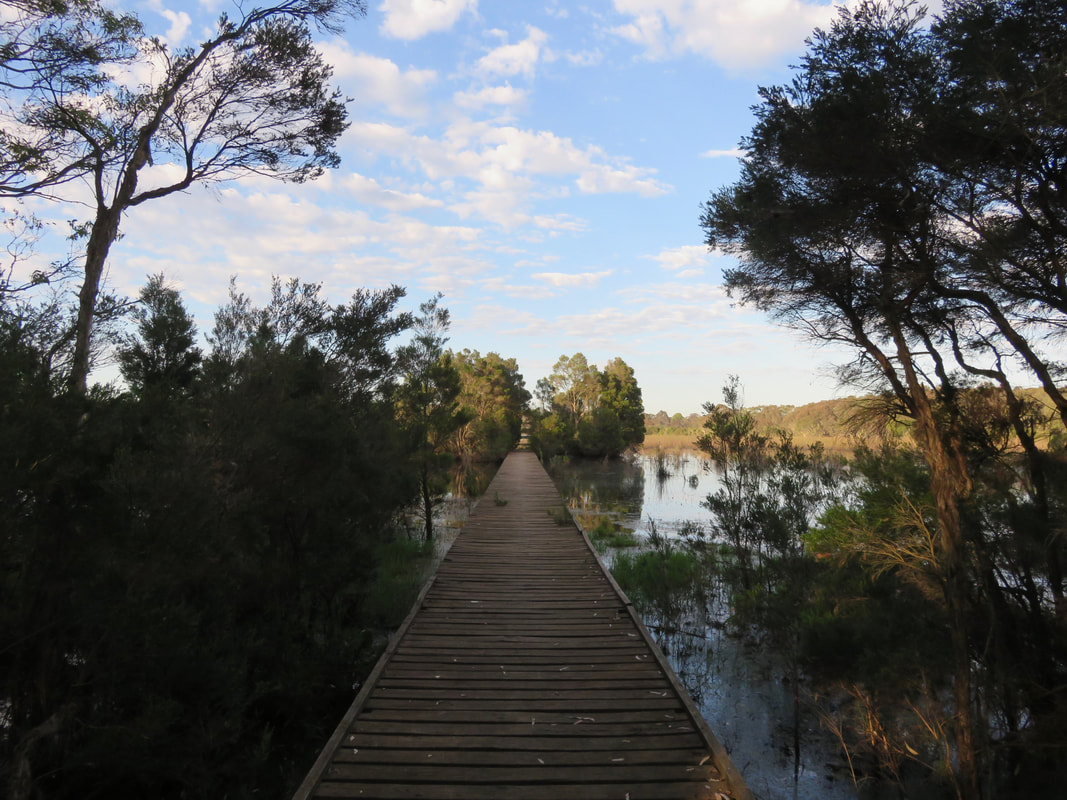
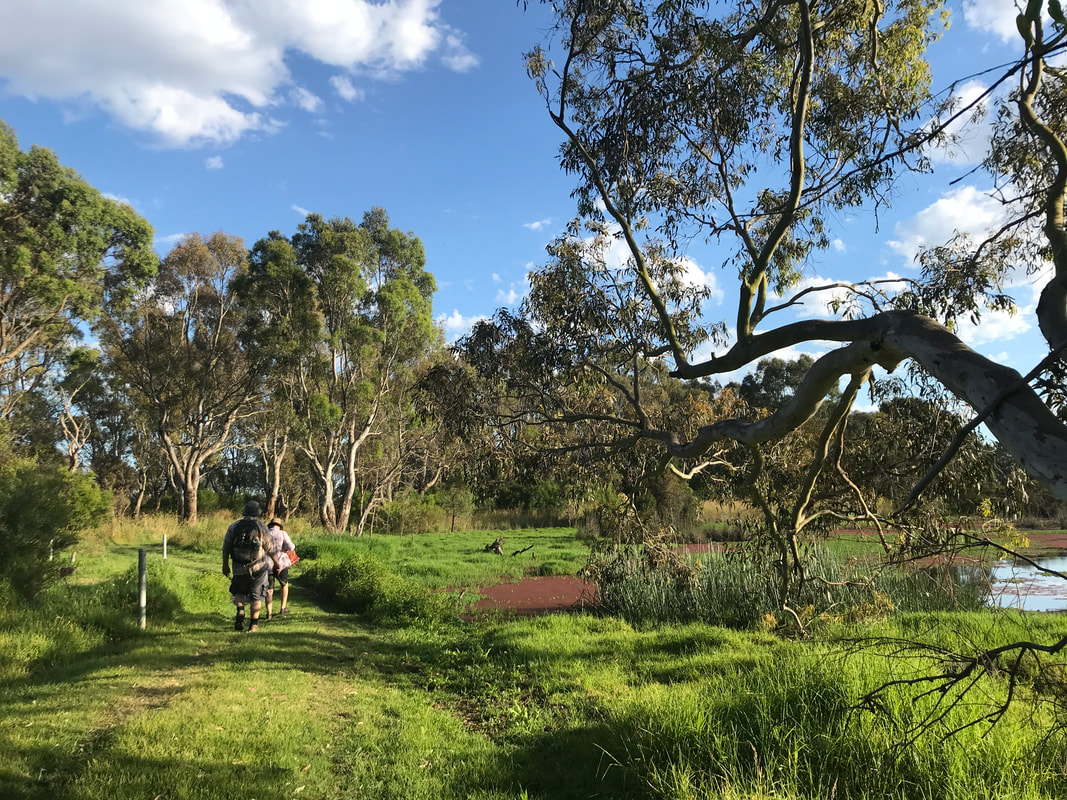
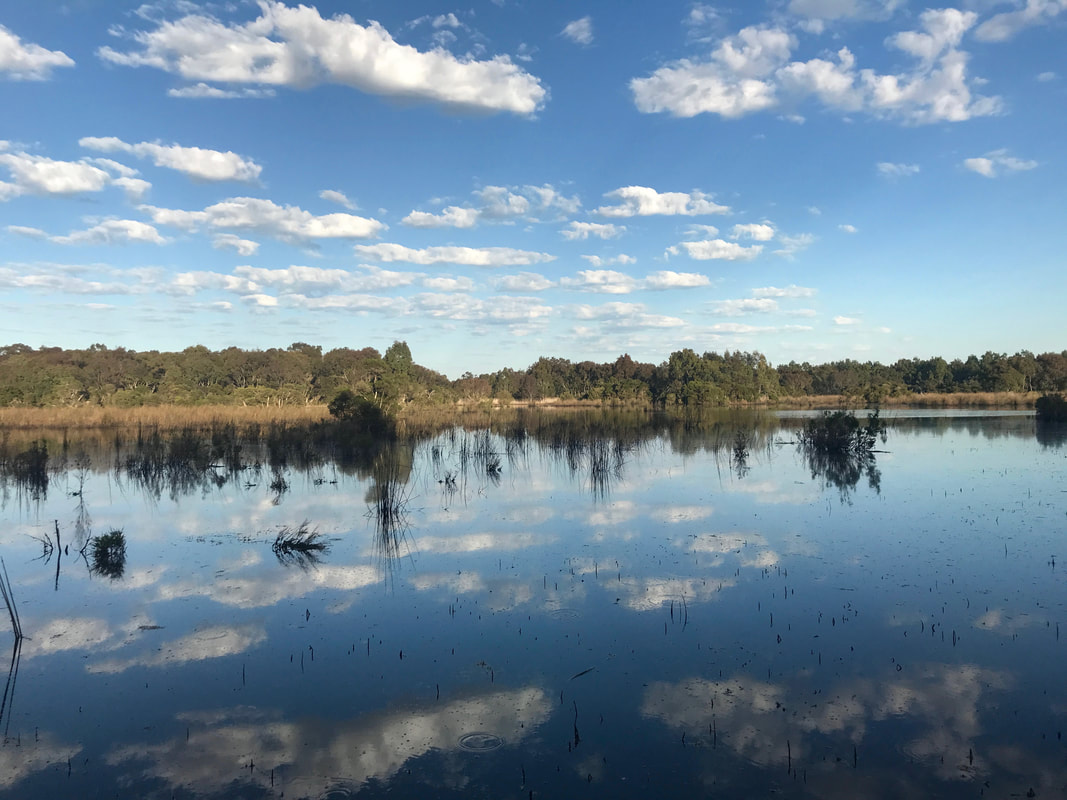
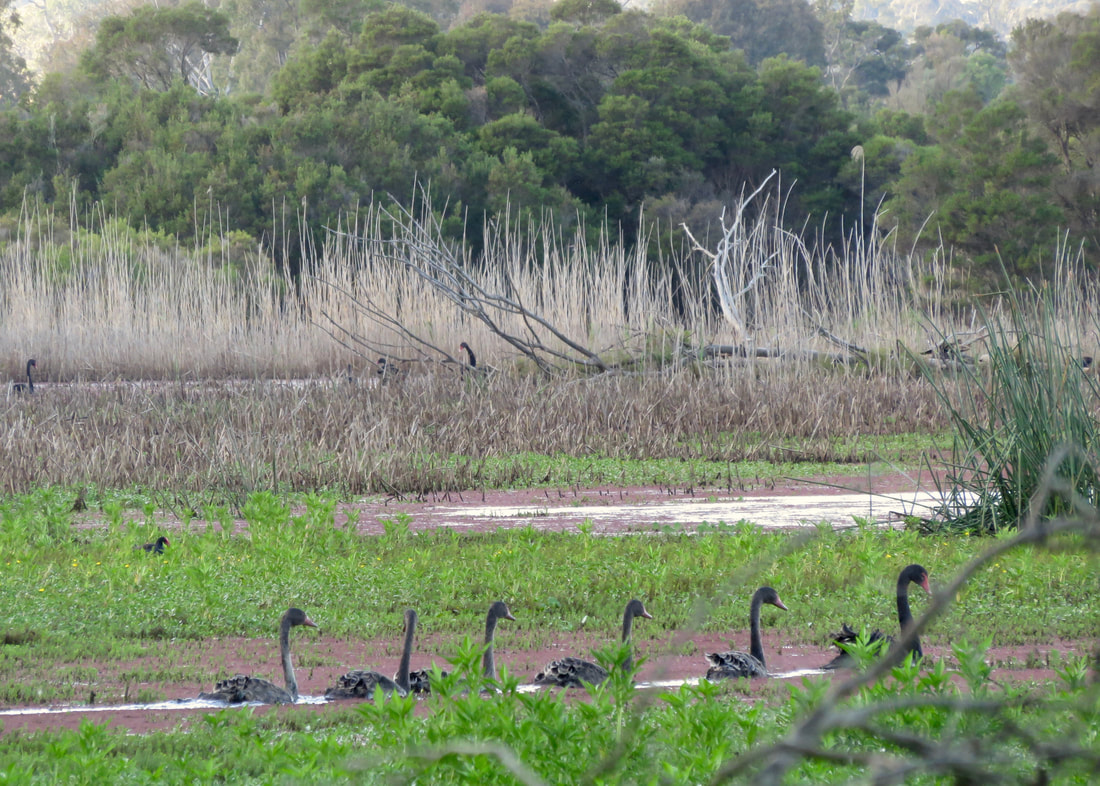
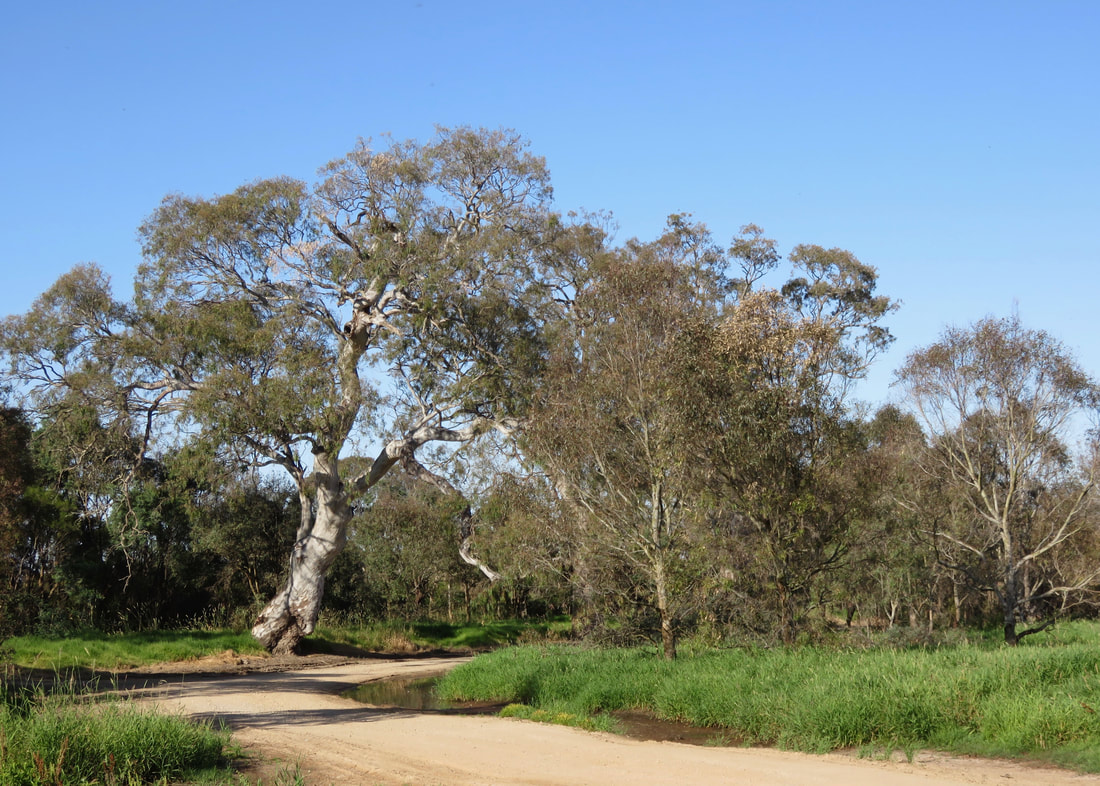
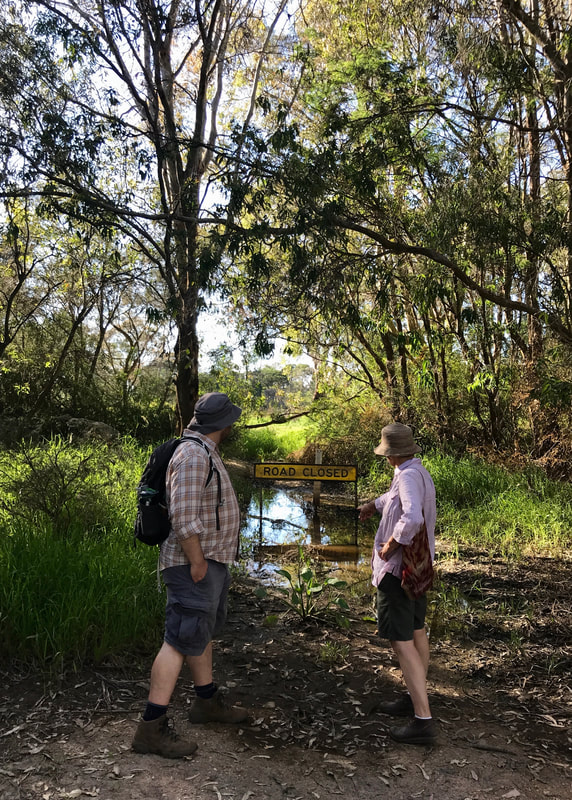
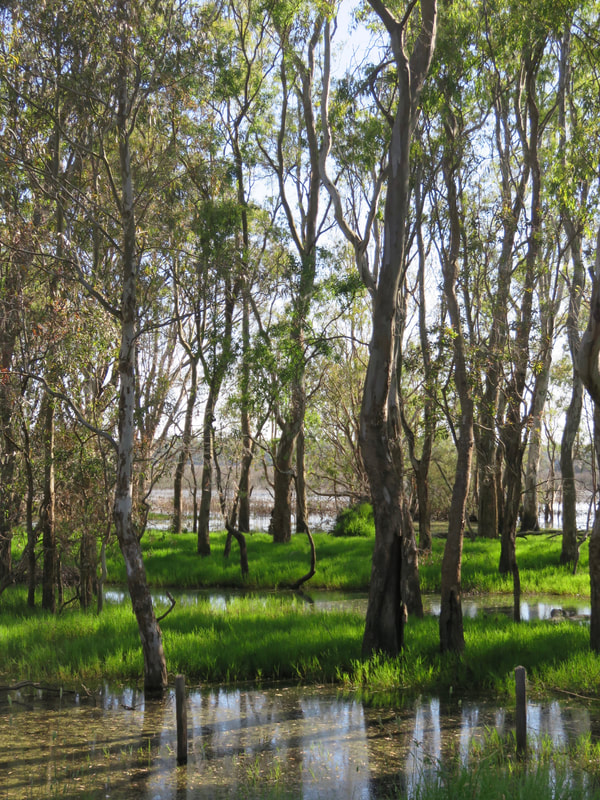
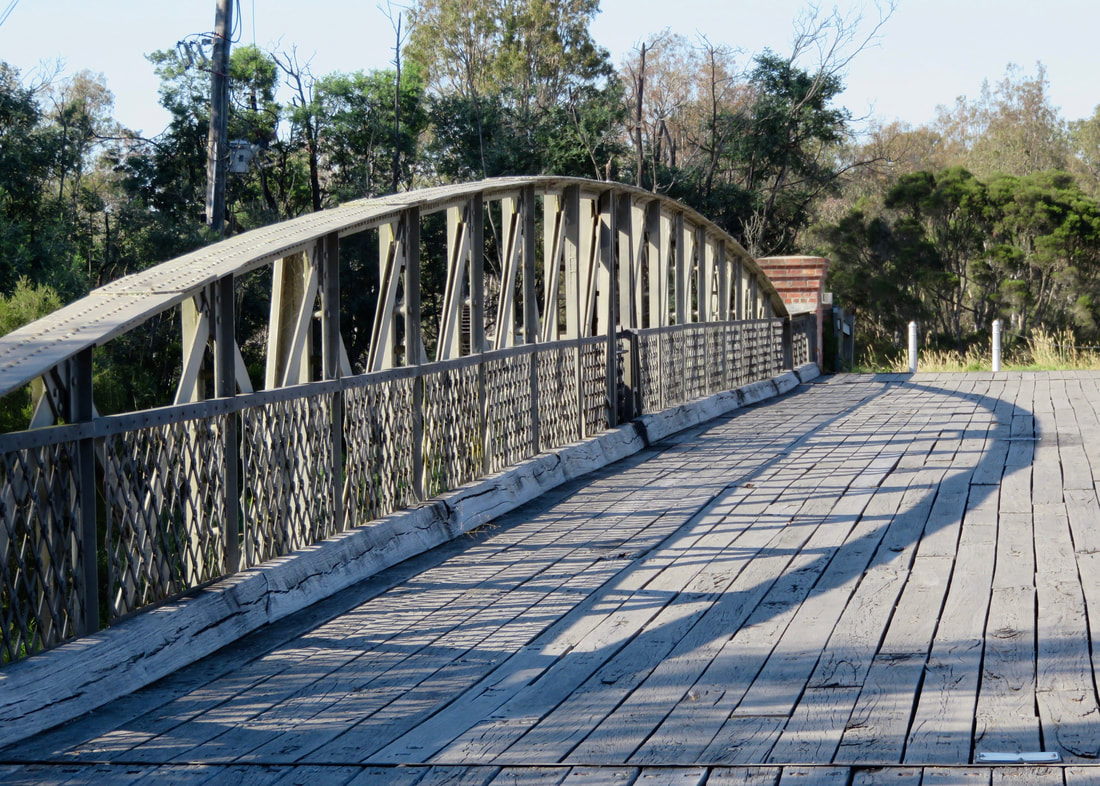
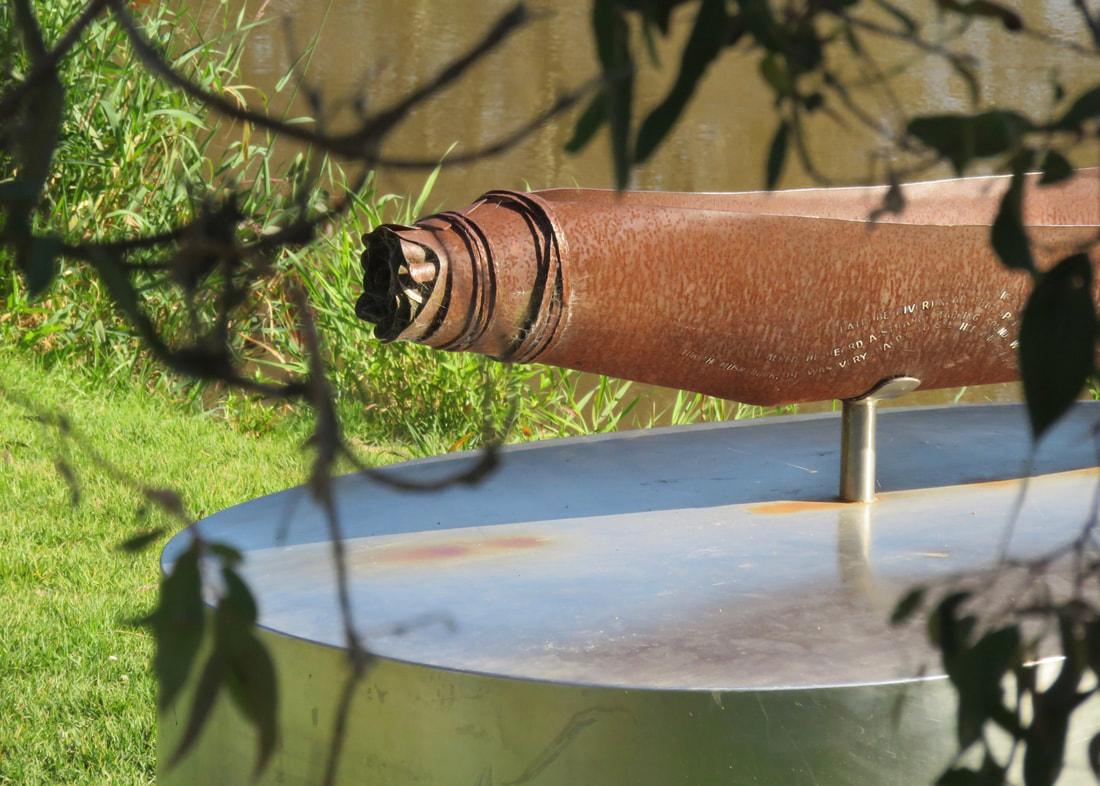
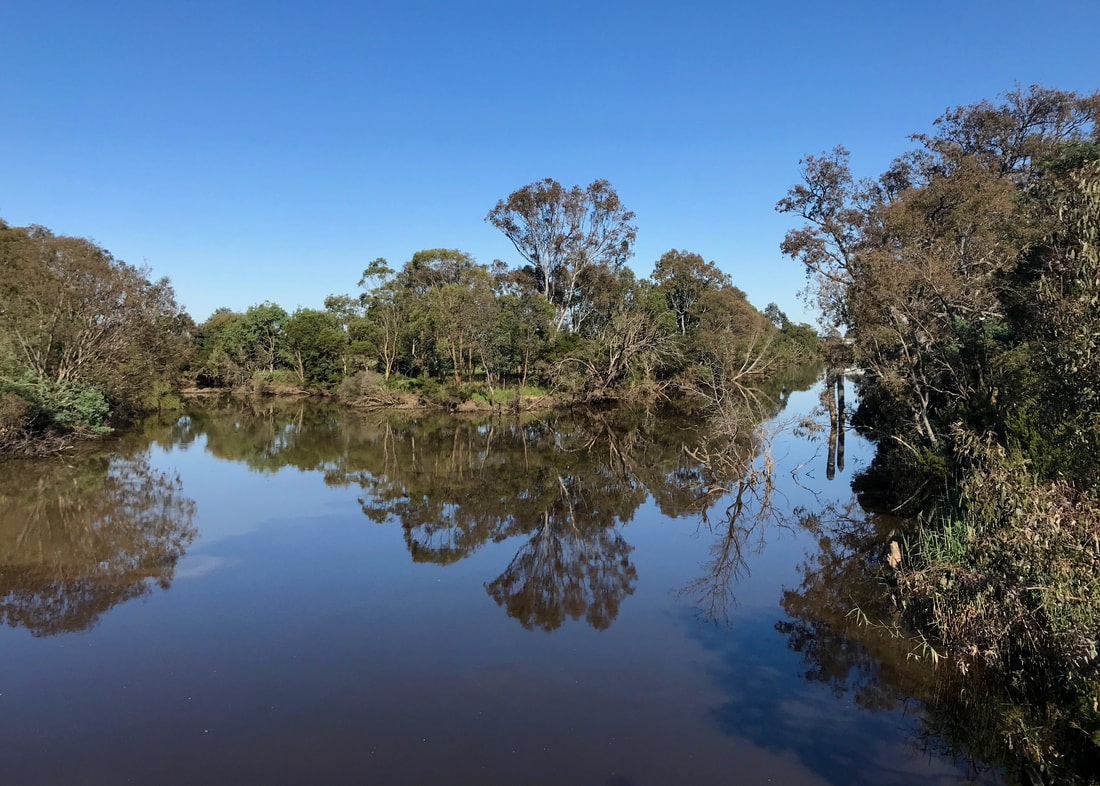
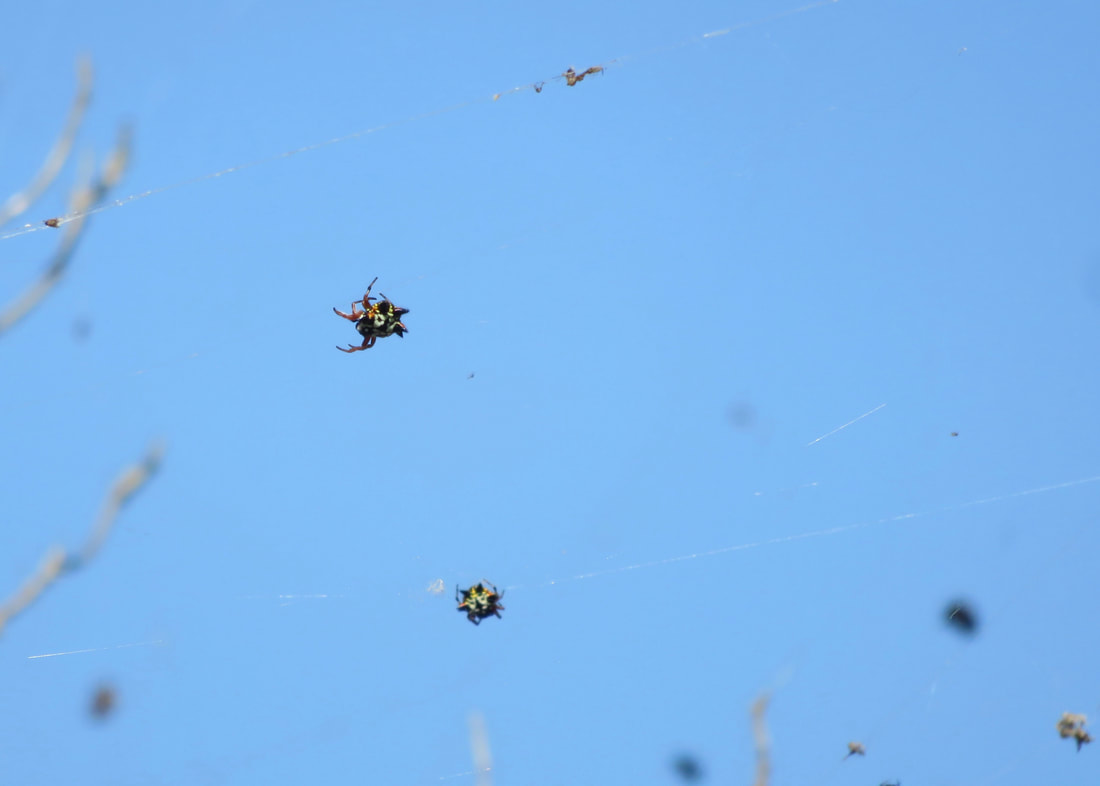
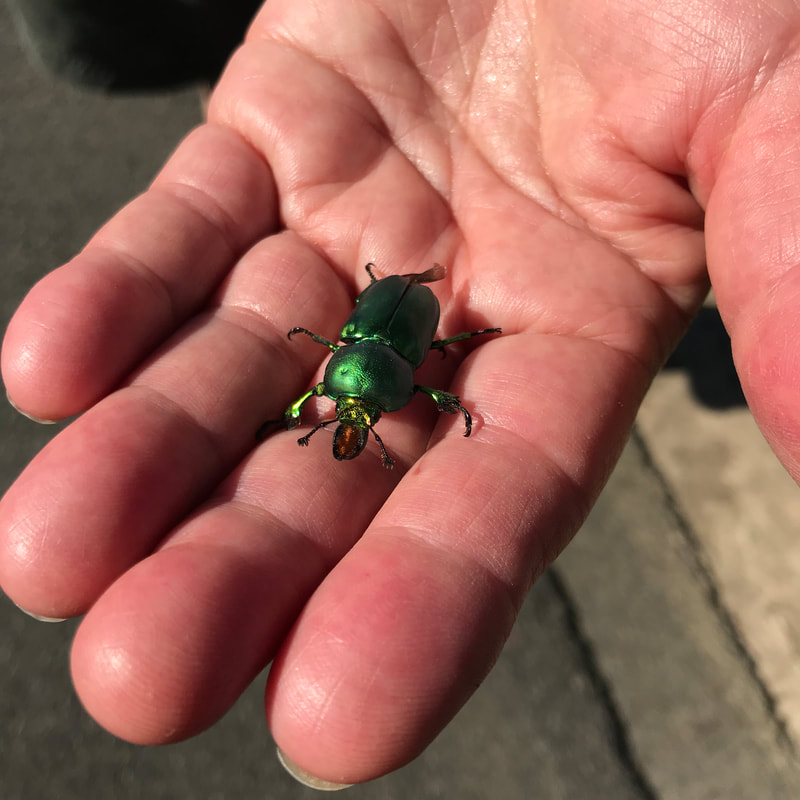
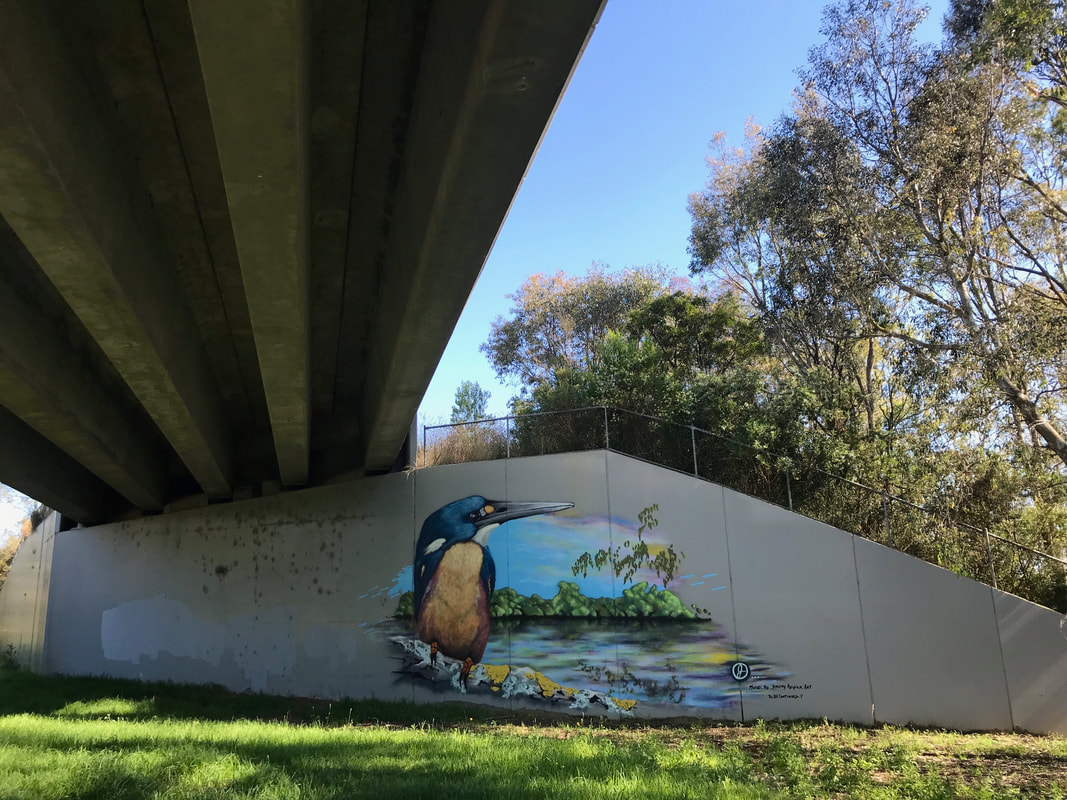
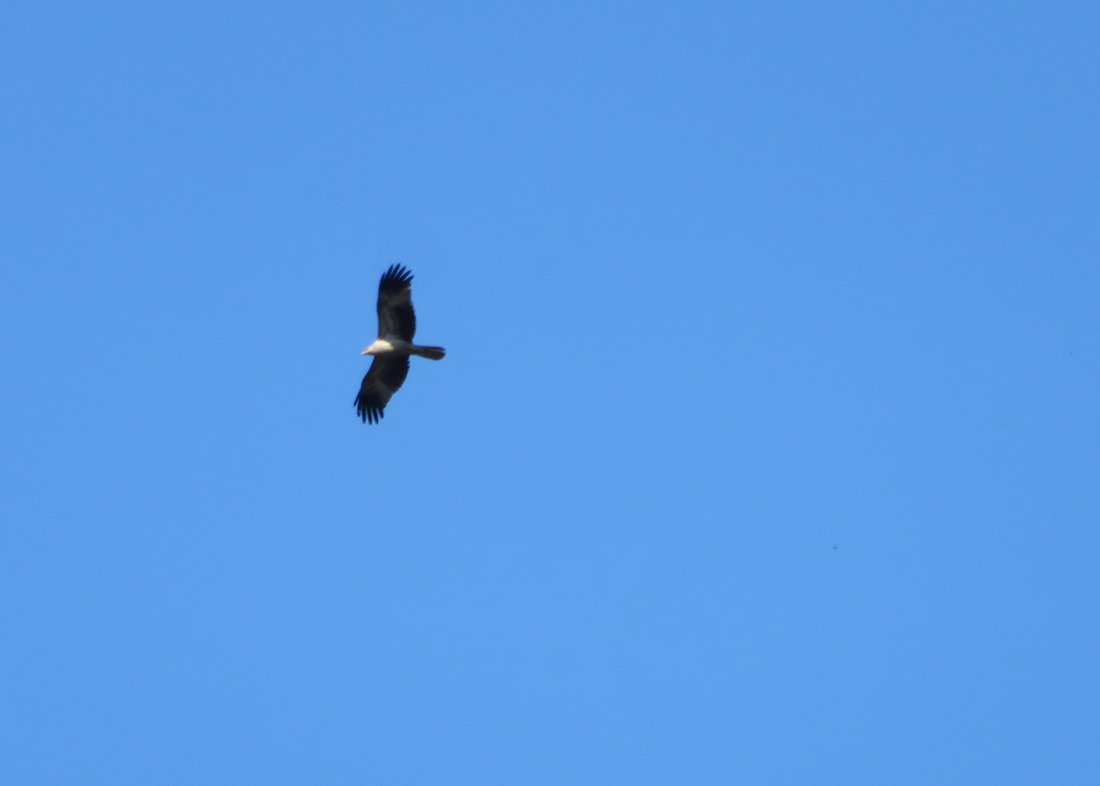
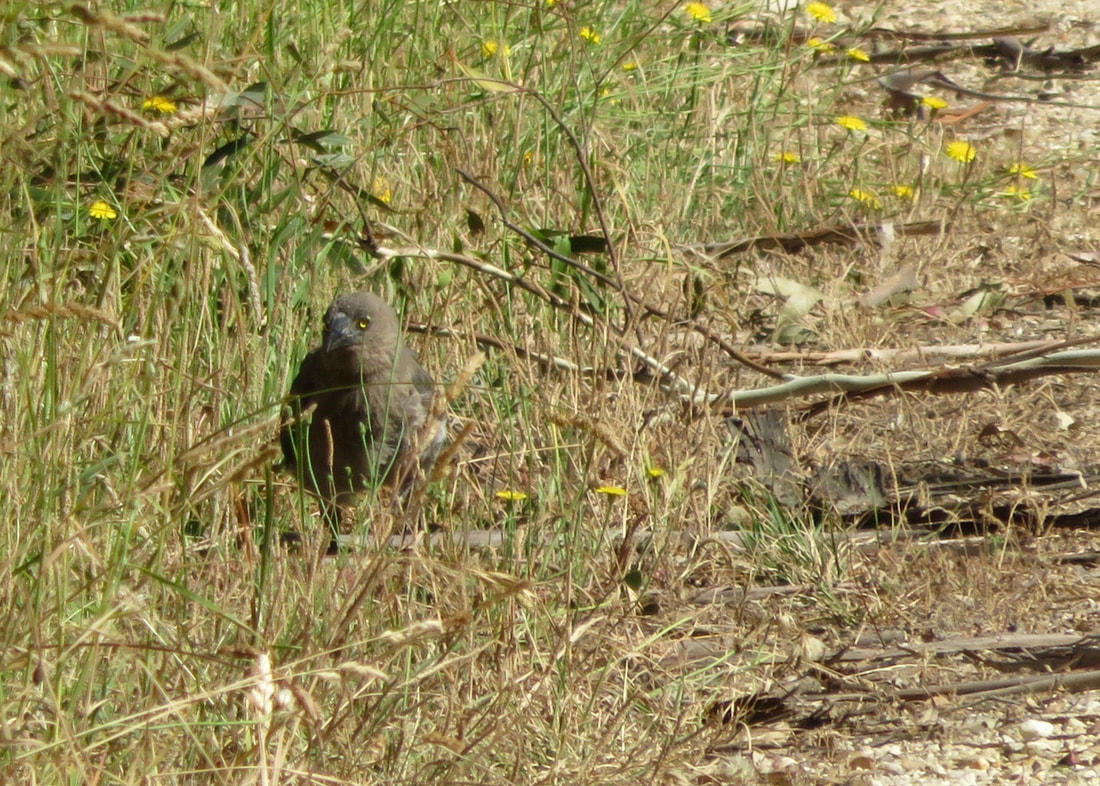
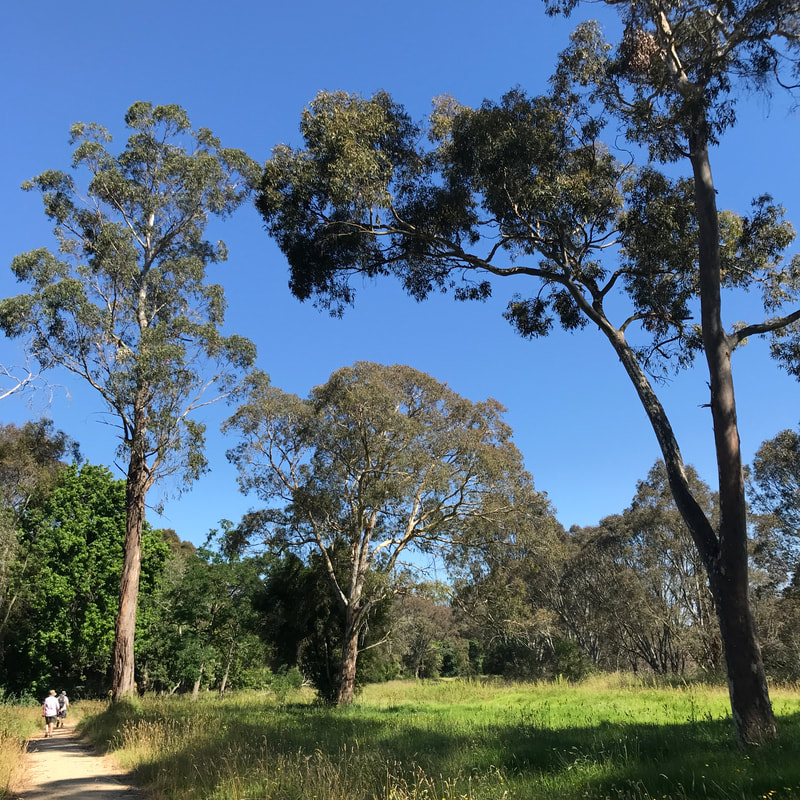
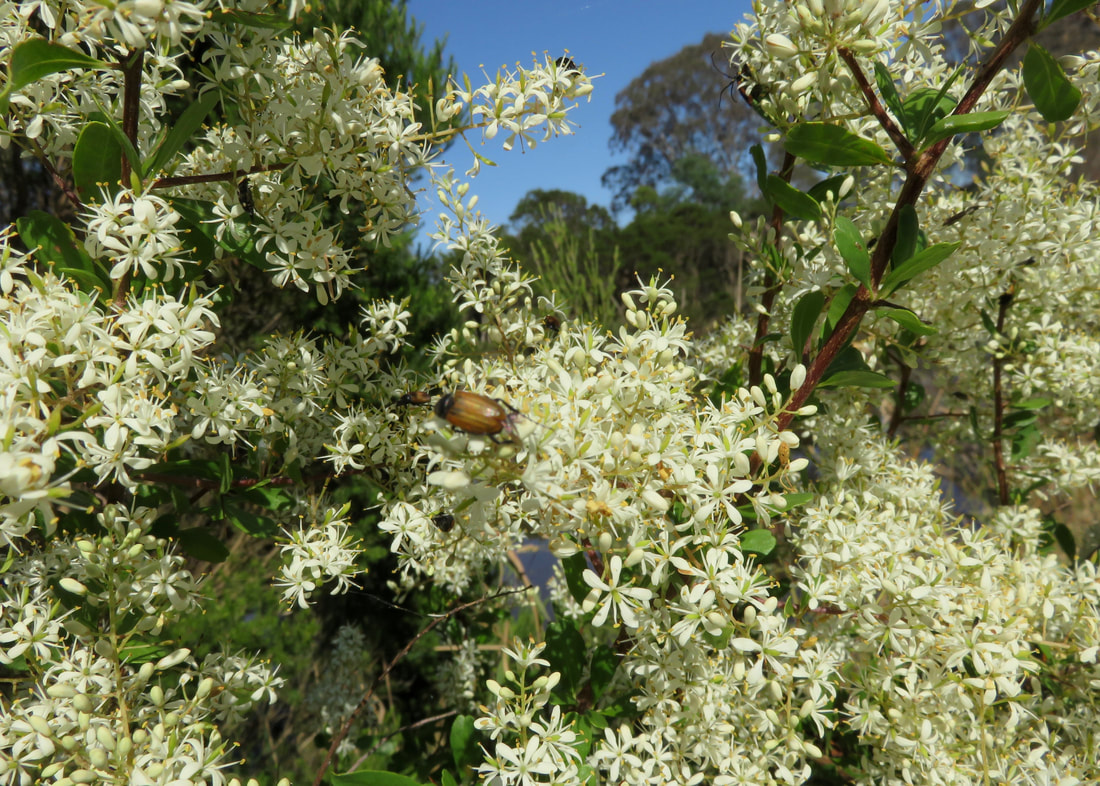
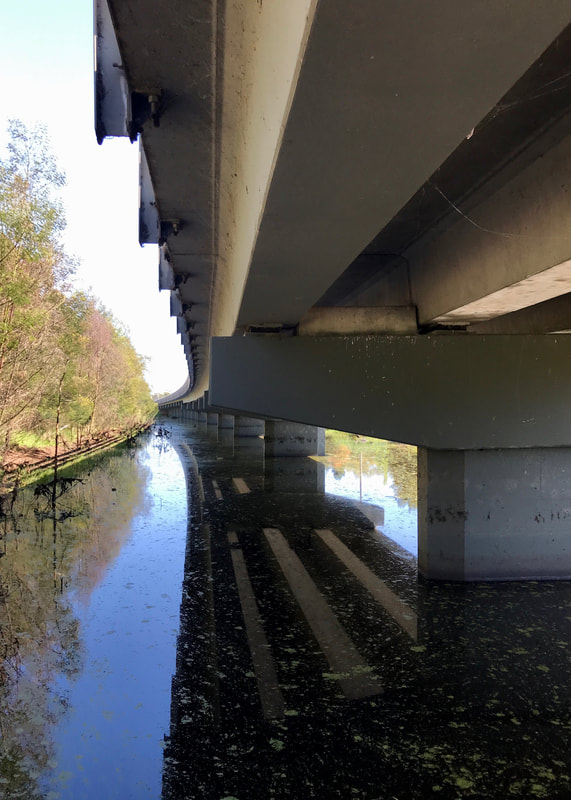
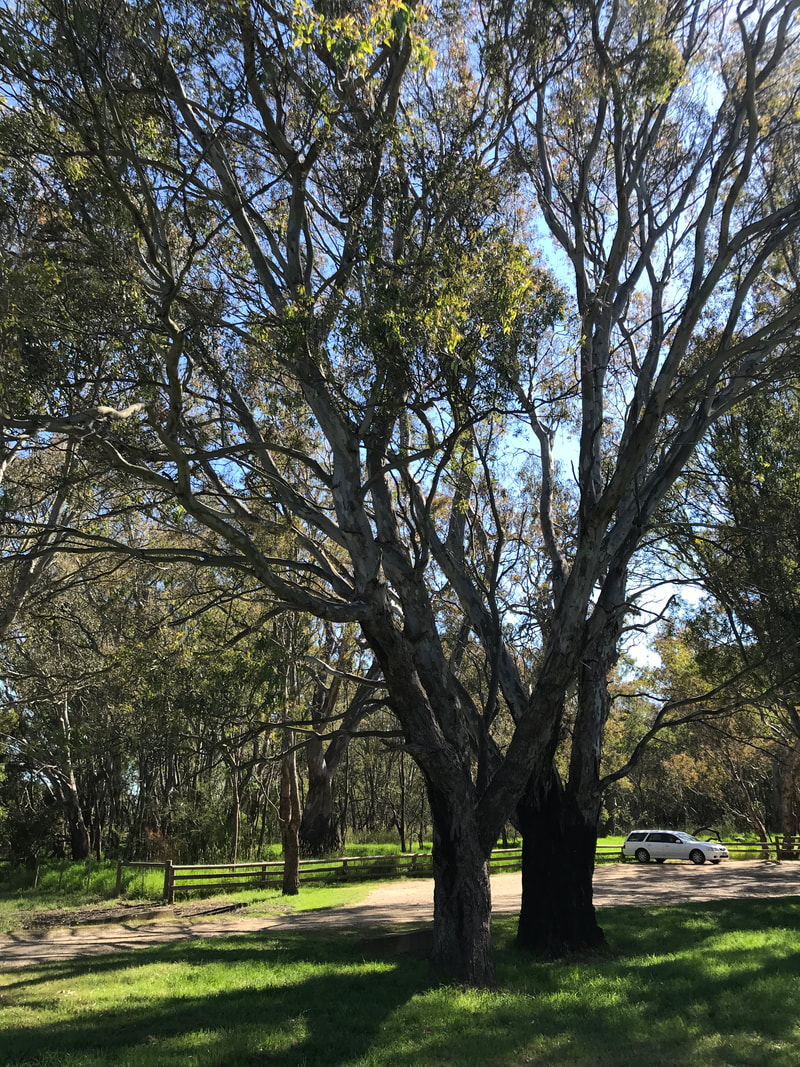
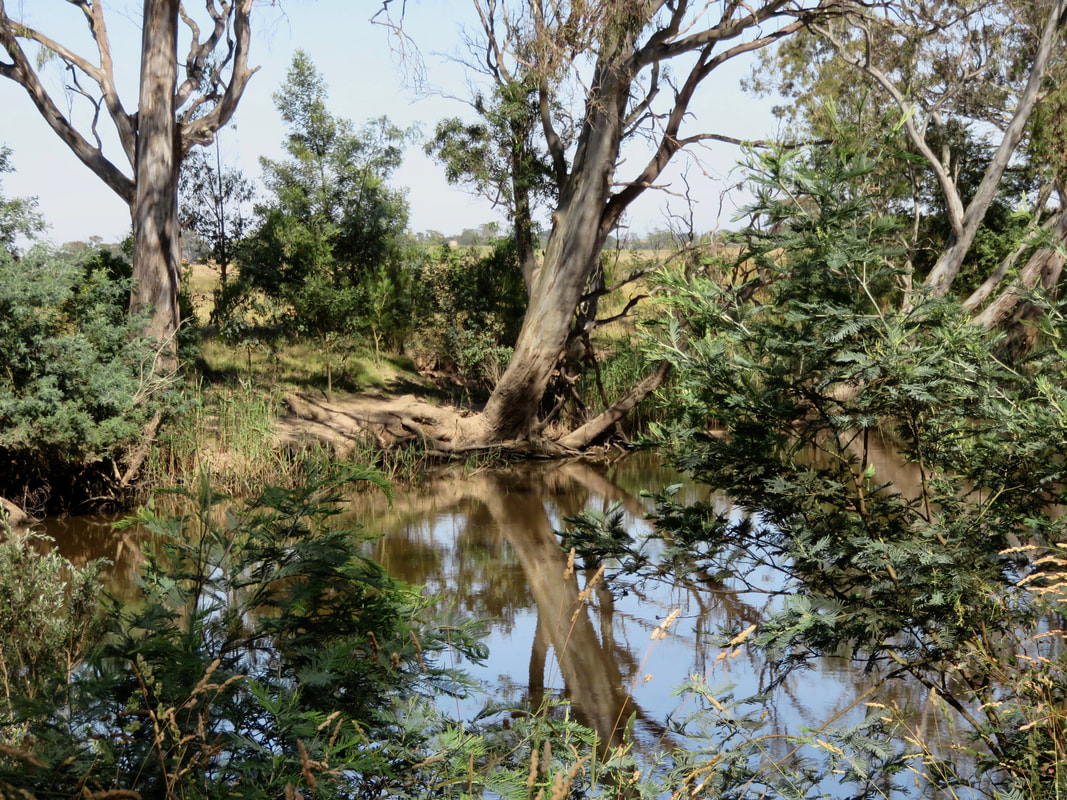
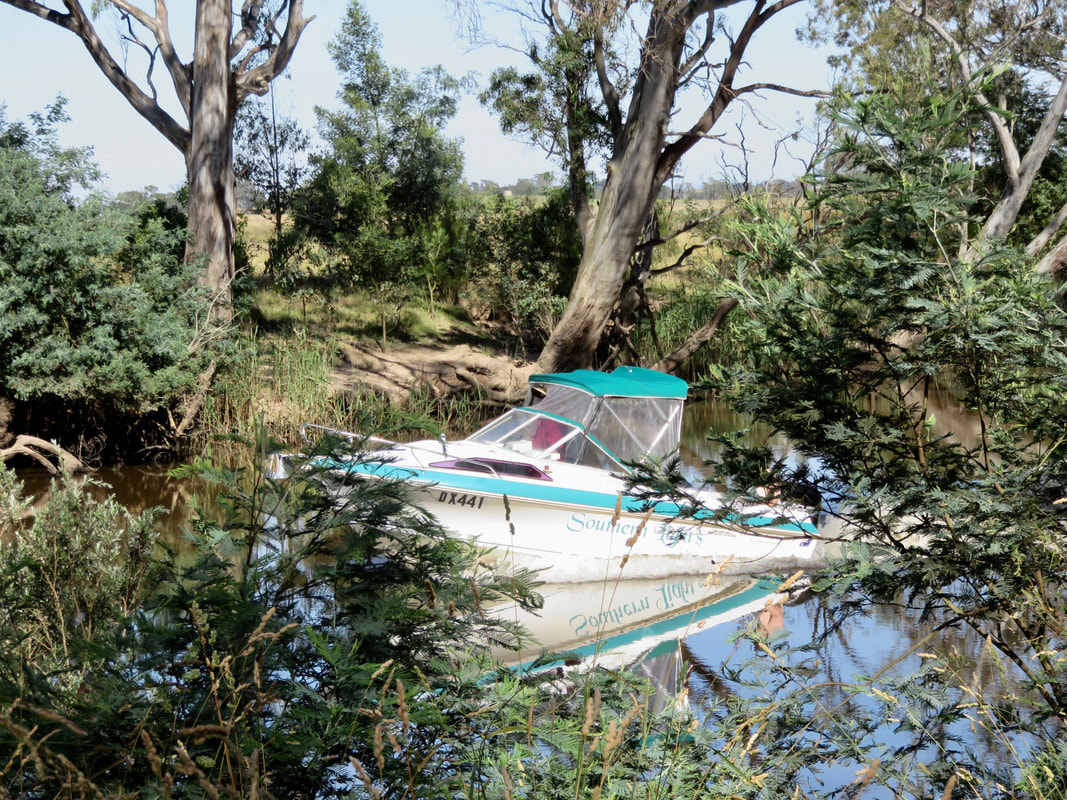
 RSS Feed
RSS Feed
